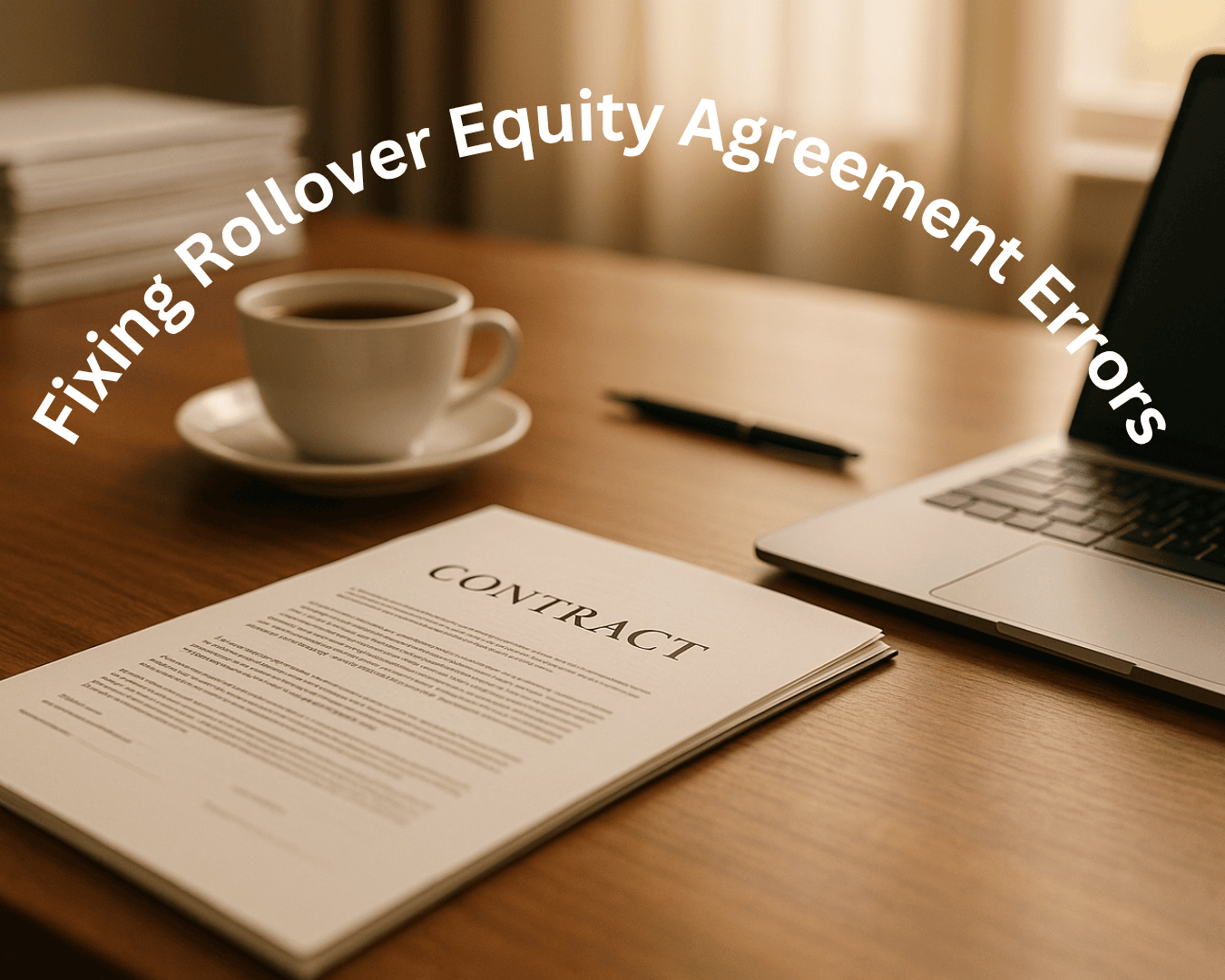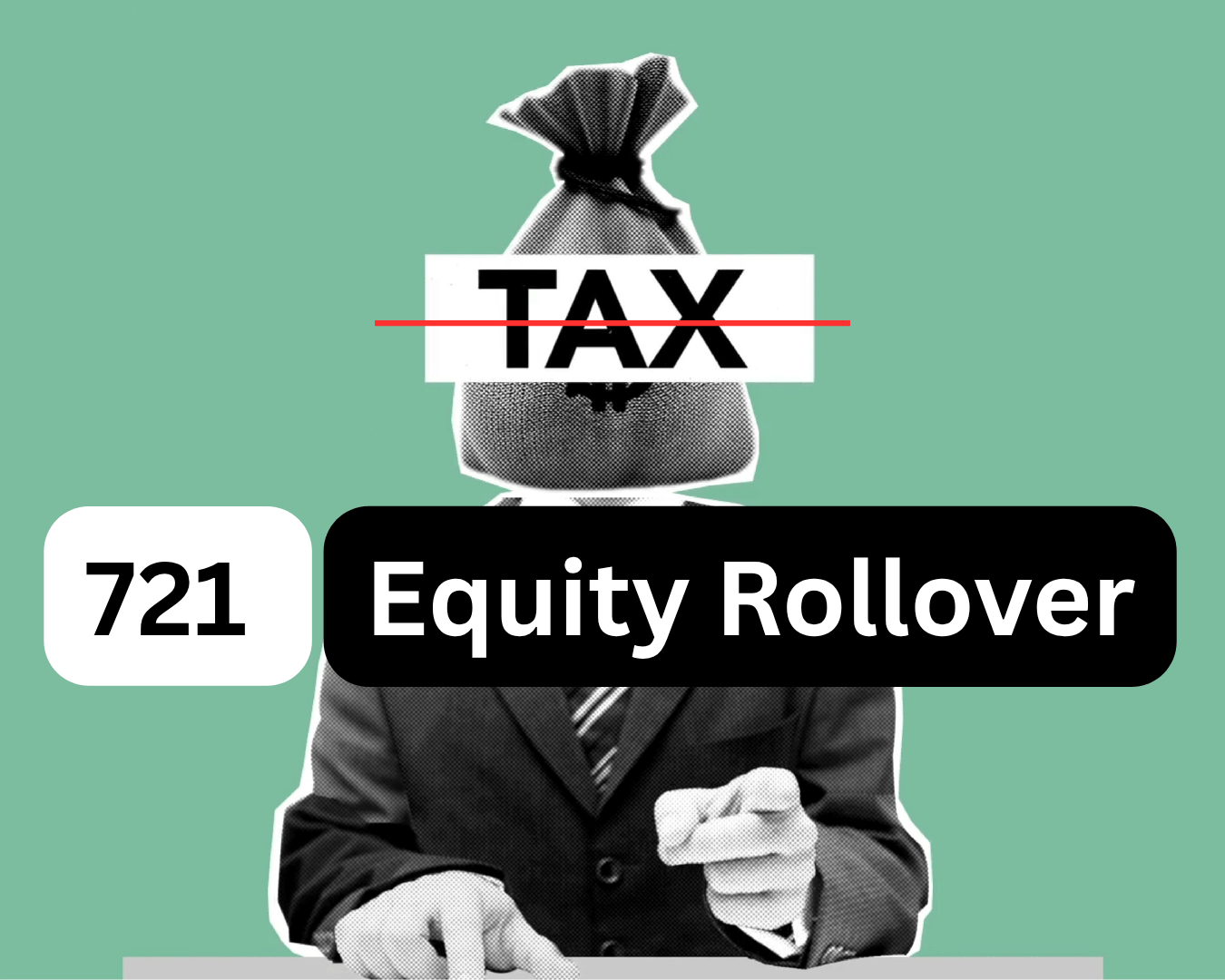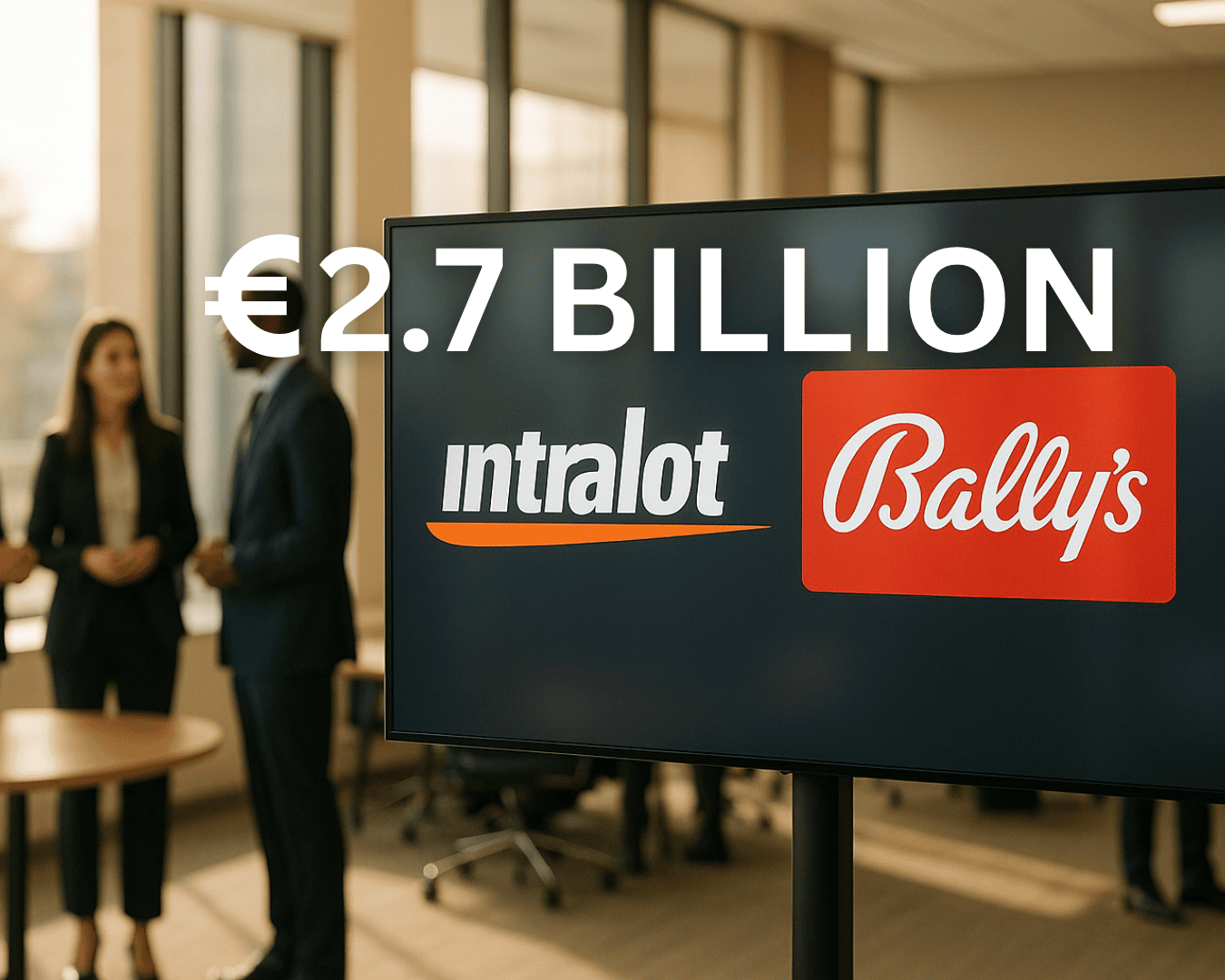You know SBA financing is the route you want to take.
But what will the process look like, and what will it be like working with the banks?
Well, let us get you covered (sort of )with a step-by-step guide to ensure you meet the necessary requirements and secure funding.
Step 1: Verify Your Eligibility
Before jumping into the application process, you need to ensure that both you and the business you’re purchasing meet SBA loan eligibility requirements. Here are the basic criteria:
- For-profit business: The SBA only funds for-profit businesses, so ensure the business you’re purchasing falls under this category.
- Business size standards: The business must meet the SBA’s size standards, which are determined by industry and measured by either number of employees or revenue.
- Credit Score: Lenders usually require a personal credit score of at least 680, although higher scores improve your chances.
- Business type: Certain industries, like gambling or illegal activities, are excluded from SBA funding.
Action: Check your eligibility using the SBA’s size standards tool and confirm that the business you’re interested in meets the criteria.
Step 2: Gather Your Documents
To make the loan process go smoothly, have all your documents ready before starting the application. Here’s what you’ll need:
- Business financial statements: 3-5 years of the target business’s profit and loss (P&L) statements, balance sheets, and tax returns.
- Personal financial statement: Lenders will ask for your personal tax returns and financial statement, especially if you’re a first-time business buyer.
- Business plan: You’ll need a detailed business plan showing how you’ll operate the business, projected revenue, and market analysis.
- Collateral documentation: Some SBA loans require collateral, such as real estate or equipment, to secure the loan. Make sure you have documentation of the assets you plan to use as collateral.
Step 3: Find the Right SBA-Approved Lender
Not all banks and financial institutions offer SBA loans. You need to find an SBA-approved lender, and not all SBA lenders have the same expertise or loan structures. The best way to find a reputable lender is by using the SBA’s Lender Match tool, which connects you with SBA-approved lenders who specialize in your loan type.
Tip: If possible, opt for an SBA-preferred lender, as these institutions can process loans faster, cutting down on SBA red tape.
Step 4: Submit Your SBA Loan Application
Once you’ve gathered your documents and selected a lender, it’s time to submit your loan application. Be prepared for a thorough review process that will involve close scrutiny of your finances, business plan, and the business’s cash flow.
- Accuracy is key: Ensure that all financial data is up-to-date and consistent. Even small discrepancies can raise red flags.
- Be detailed: Include as much information as possible about the business you’re purchasing, why it’s a good investment, and how you’ll manage and grow it.
Step 5: Be Ready for the Underwriting Process
Once your application is submitted, the underwriting process begins. Underwriting is the most thorough part of the process, and your lender will carefully analyze the risk associated with the loan.
- Financial health: Lenders will look at the business’s revenue, expenses, and profitability. Strong cash flow is essential to ensuring the business can cover loan payments.
- Collateral value: If you’ve offered collateral, the lender will assess its value to ensure it covers the loan.
- Credit check: The lender will perform a thorough credit check, including both your personal and business credit histories.
Step 6: Approval & Closing
After underwriting, the lender submits the loan package to the SBA for final approval. Once the SBA guarantees the loan, your lender will finalize the loan terms, and you can move forward with closing.
- Loan closing: You’ll sign the loan agreement, which will outline the loan’s terms, including interest rates, repayment schedule, and conditions.
- Funding: Depending on the terms, funds will either be disbursed to your account or directly to the business seller.
Timeline: The approval process can take anywhere from 45 to 90 days, depending on the lender, your financial complexity, and SBA workload. Working with an SBA-preferred lender and having your documents organized can help speed things up.
Navigating the SBA loan approval process can feel overwhelming, but following these steps will keep you on track. By preparing your documents, finding the right lender, and being proactive during the process, you can improve your chances of securing SBA funding and move closer to buying your dream business.





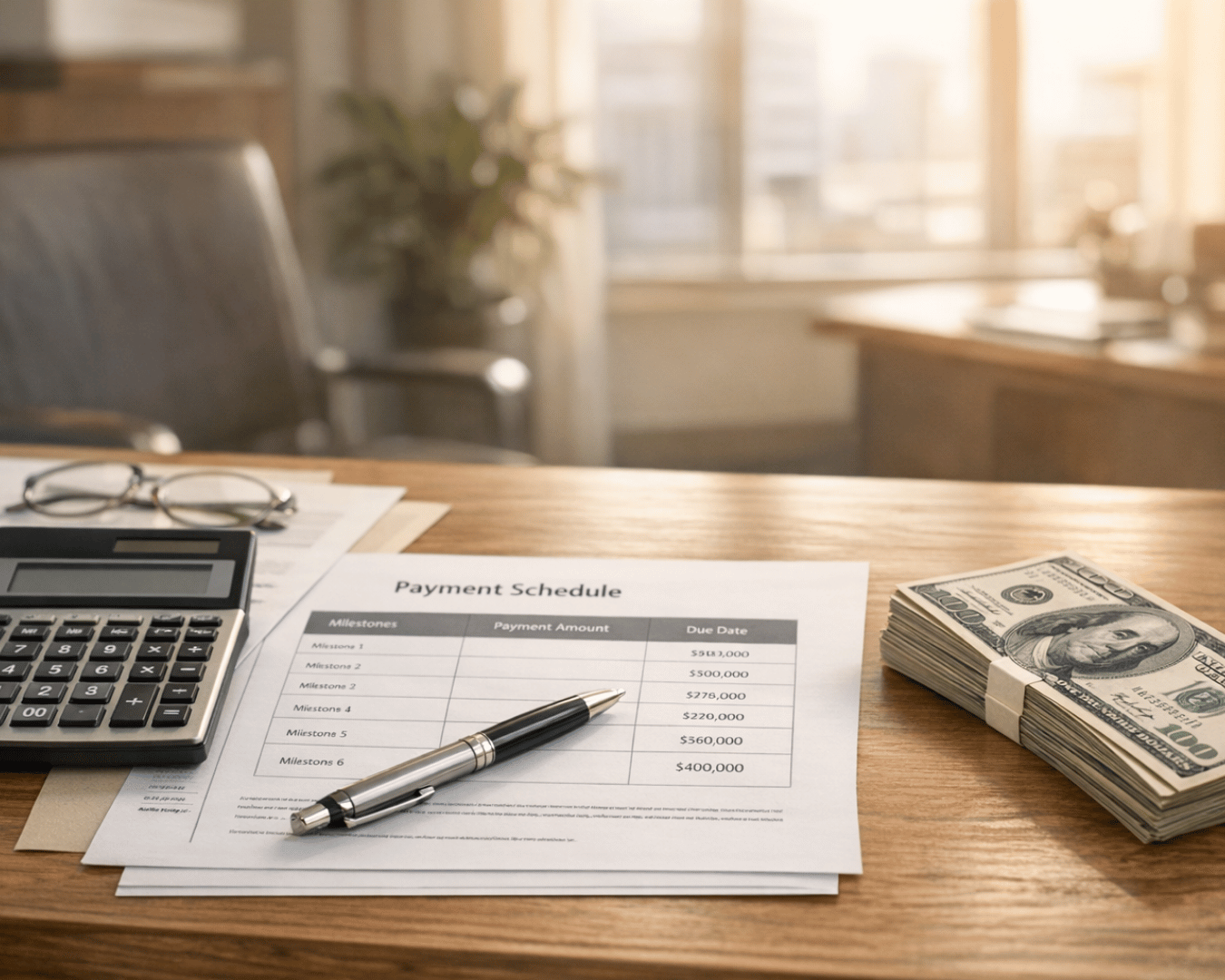
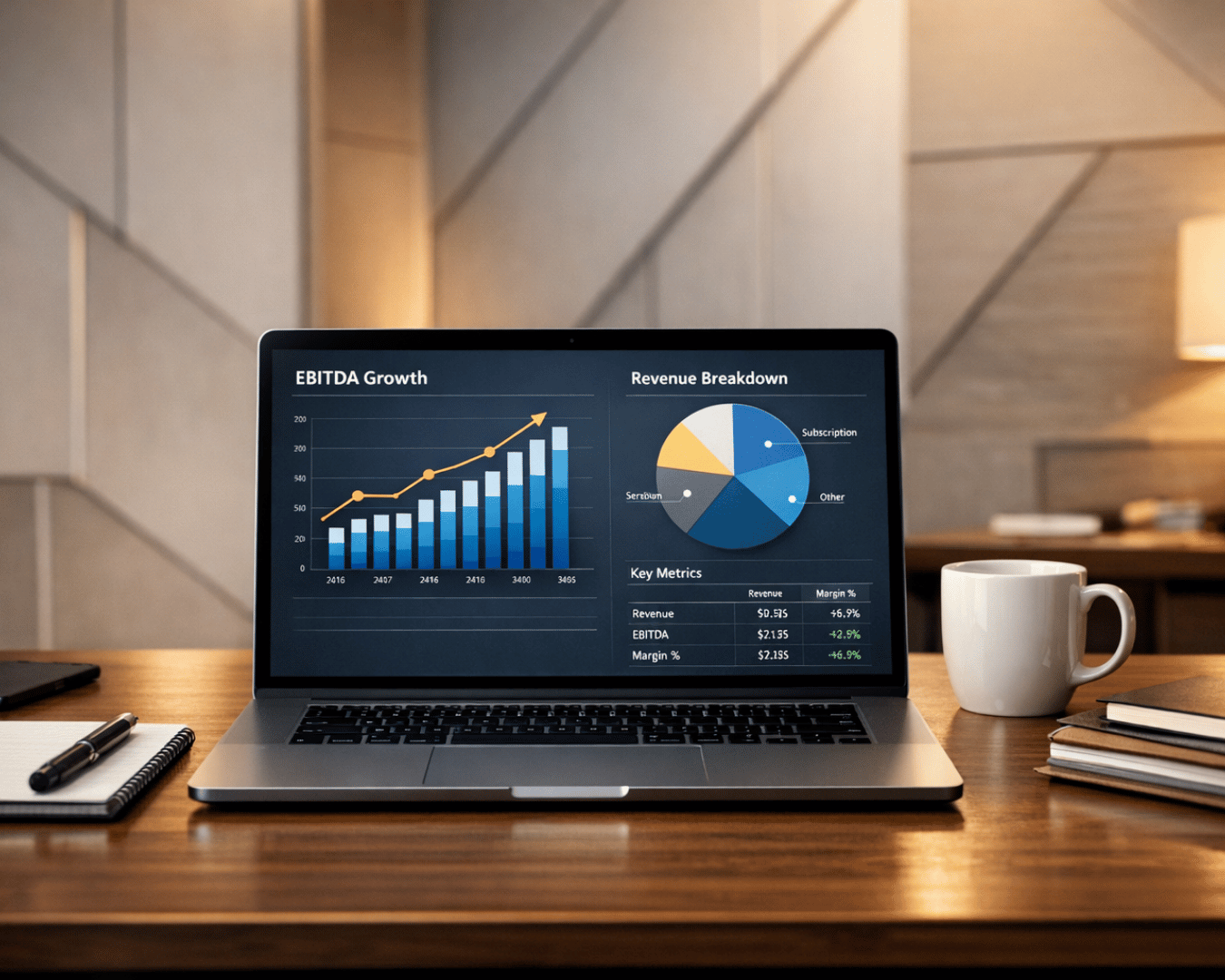

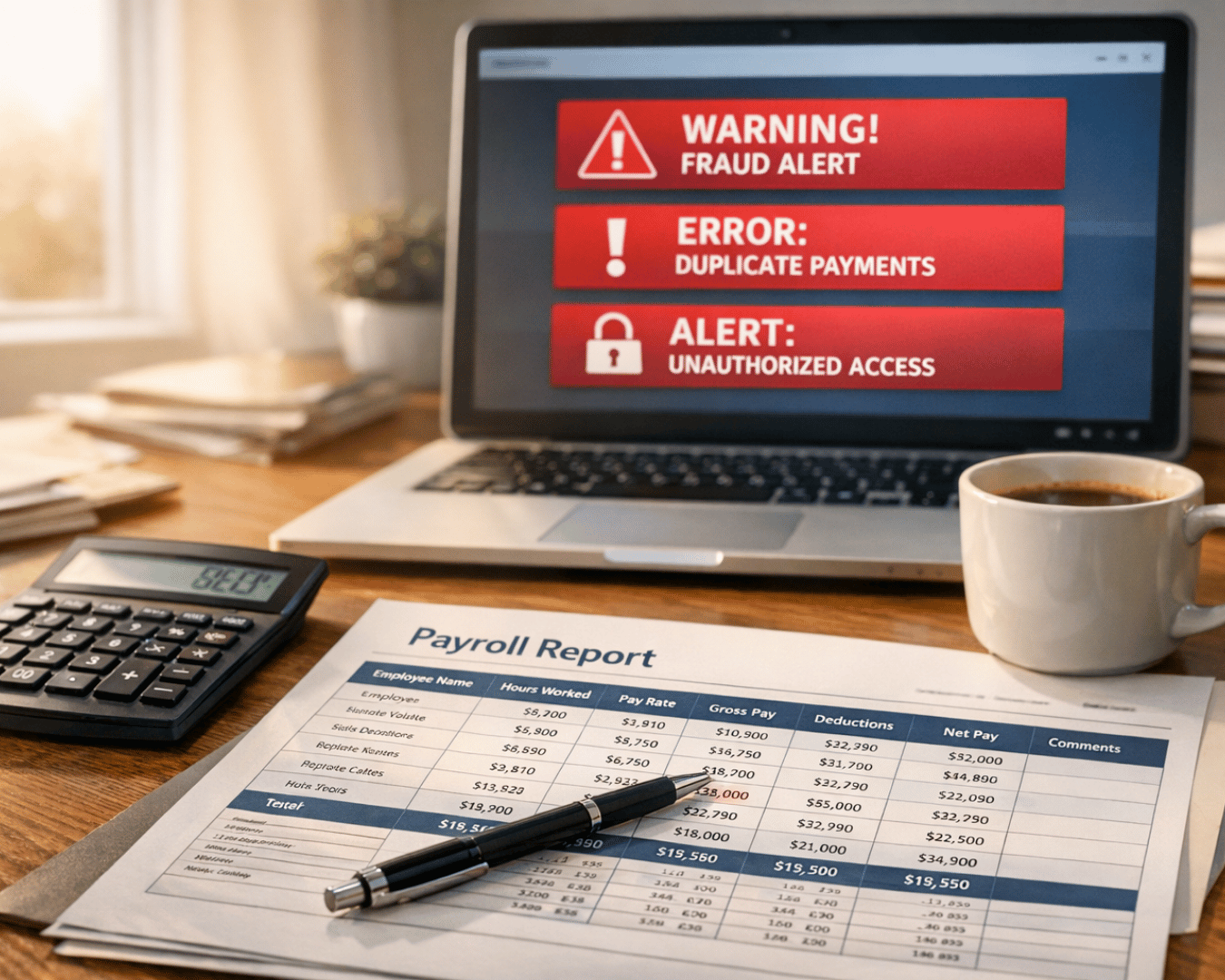




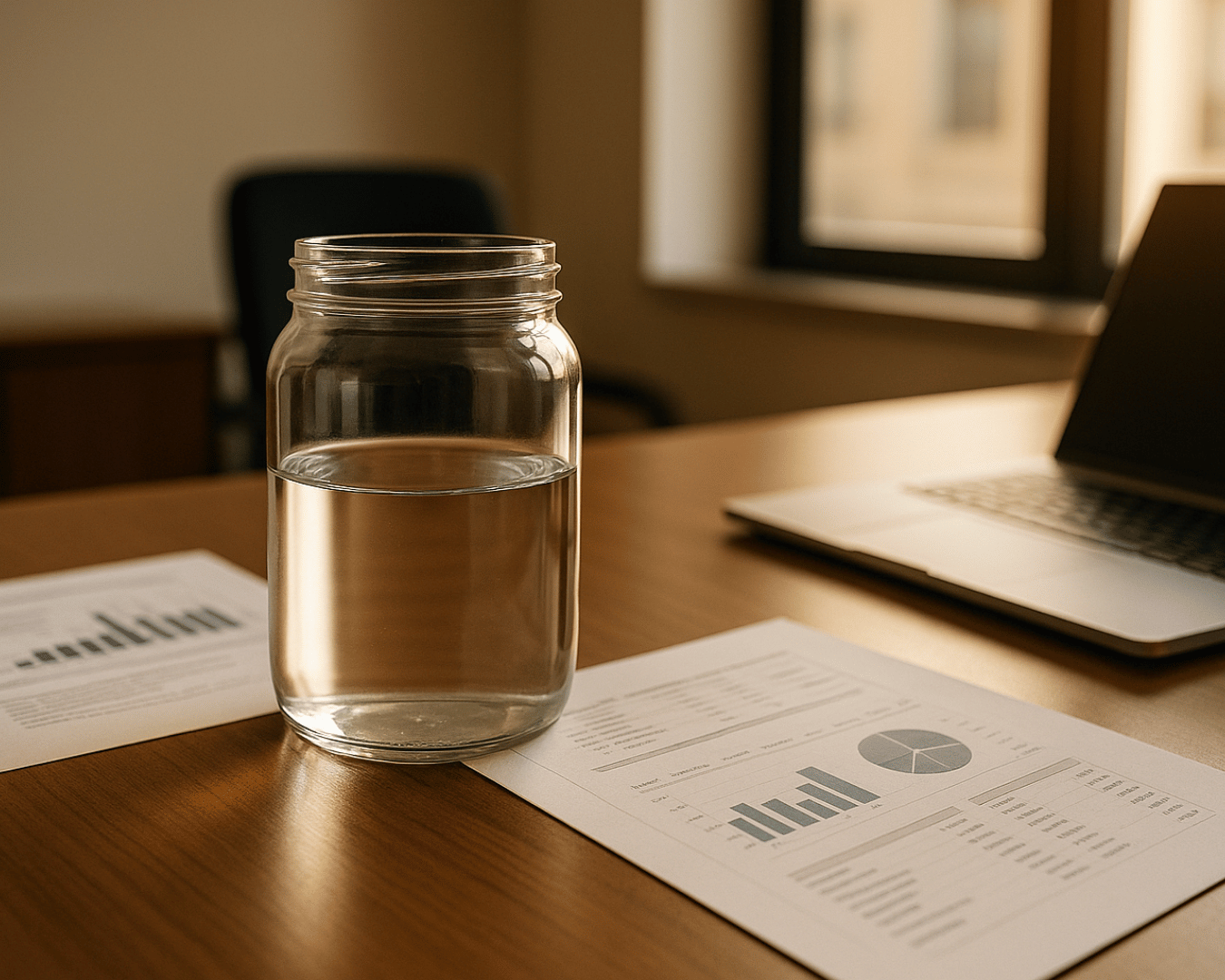



.png)
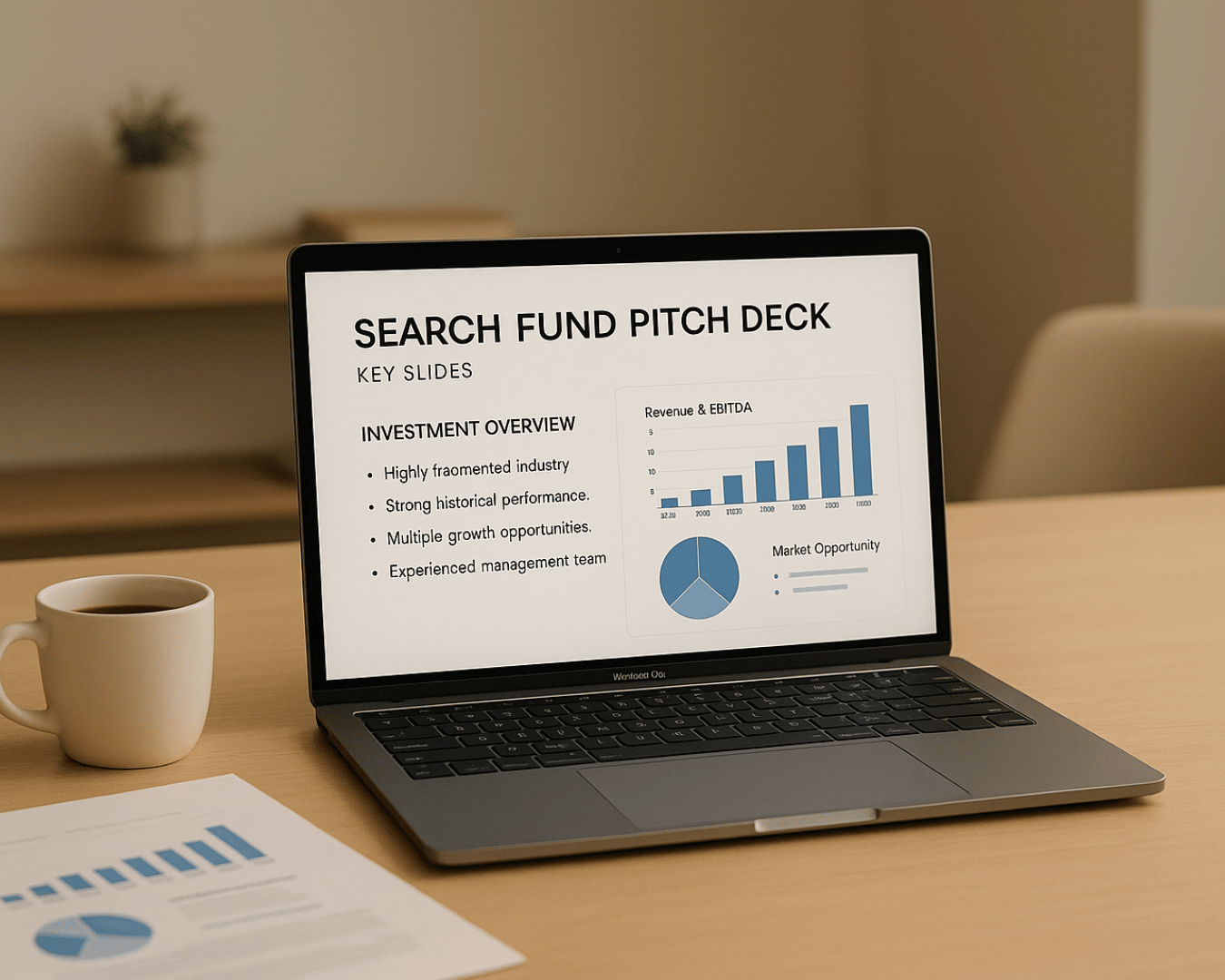






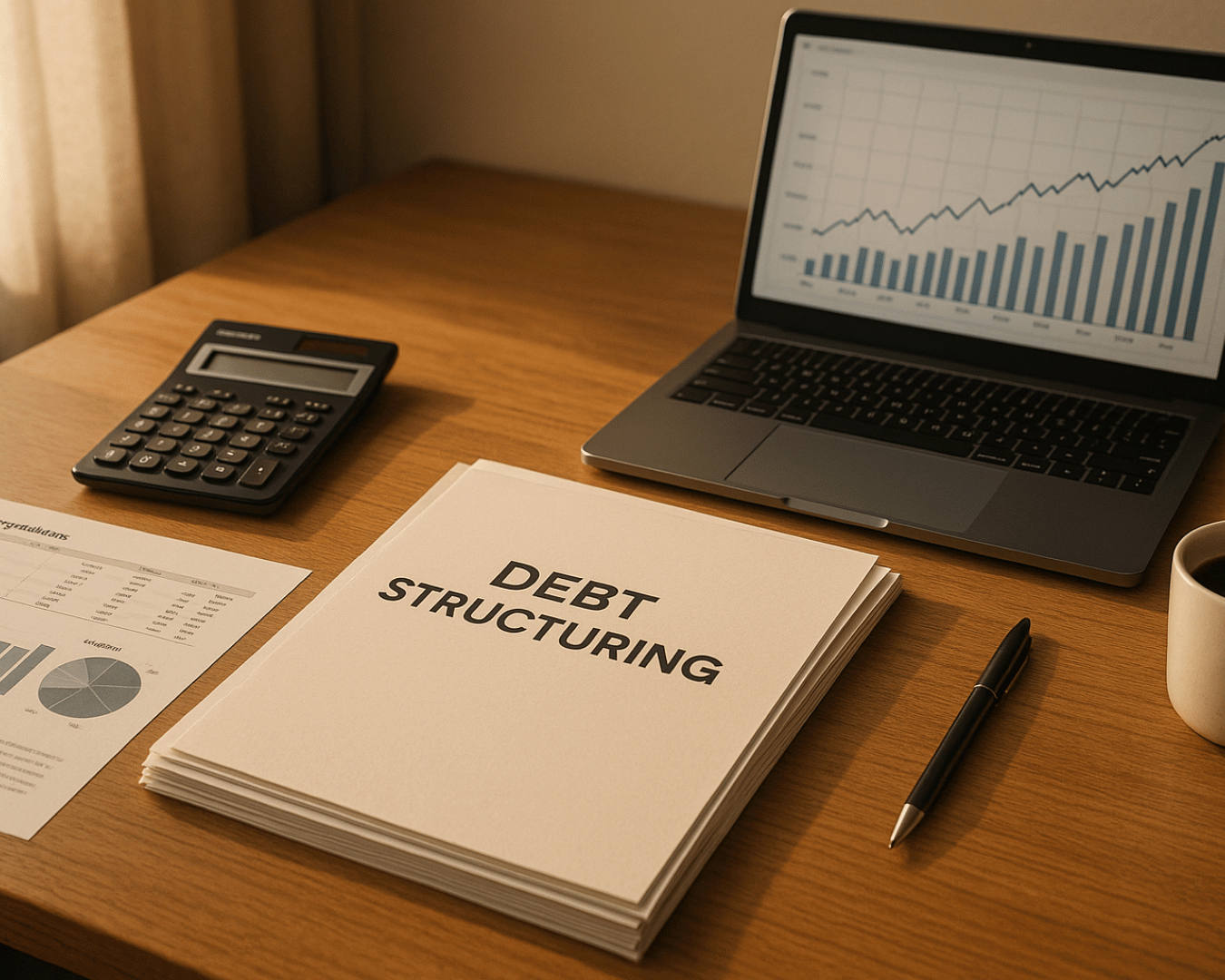









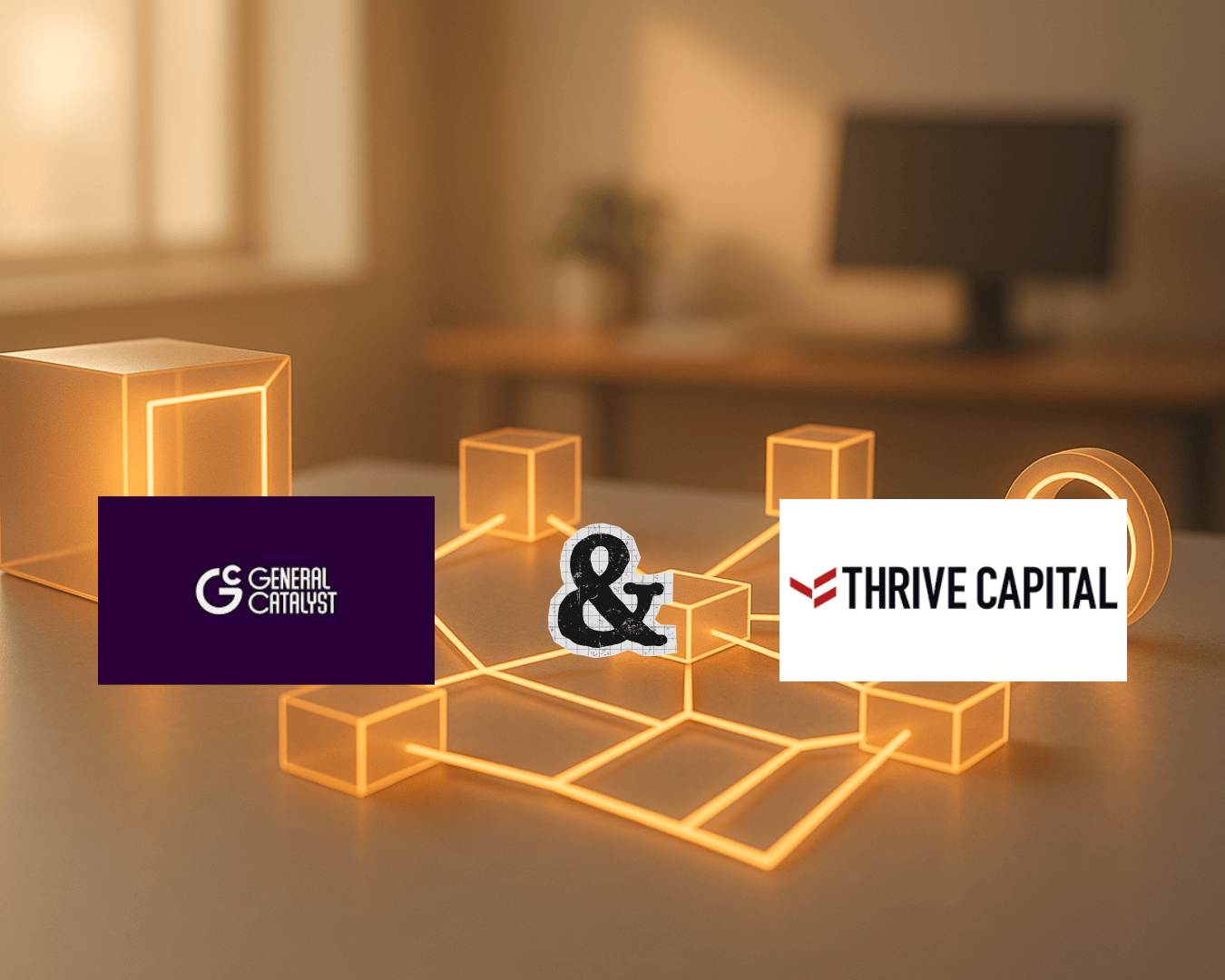
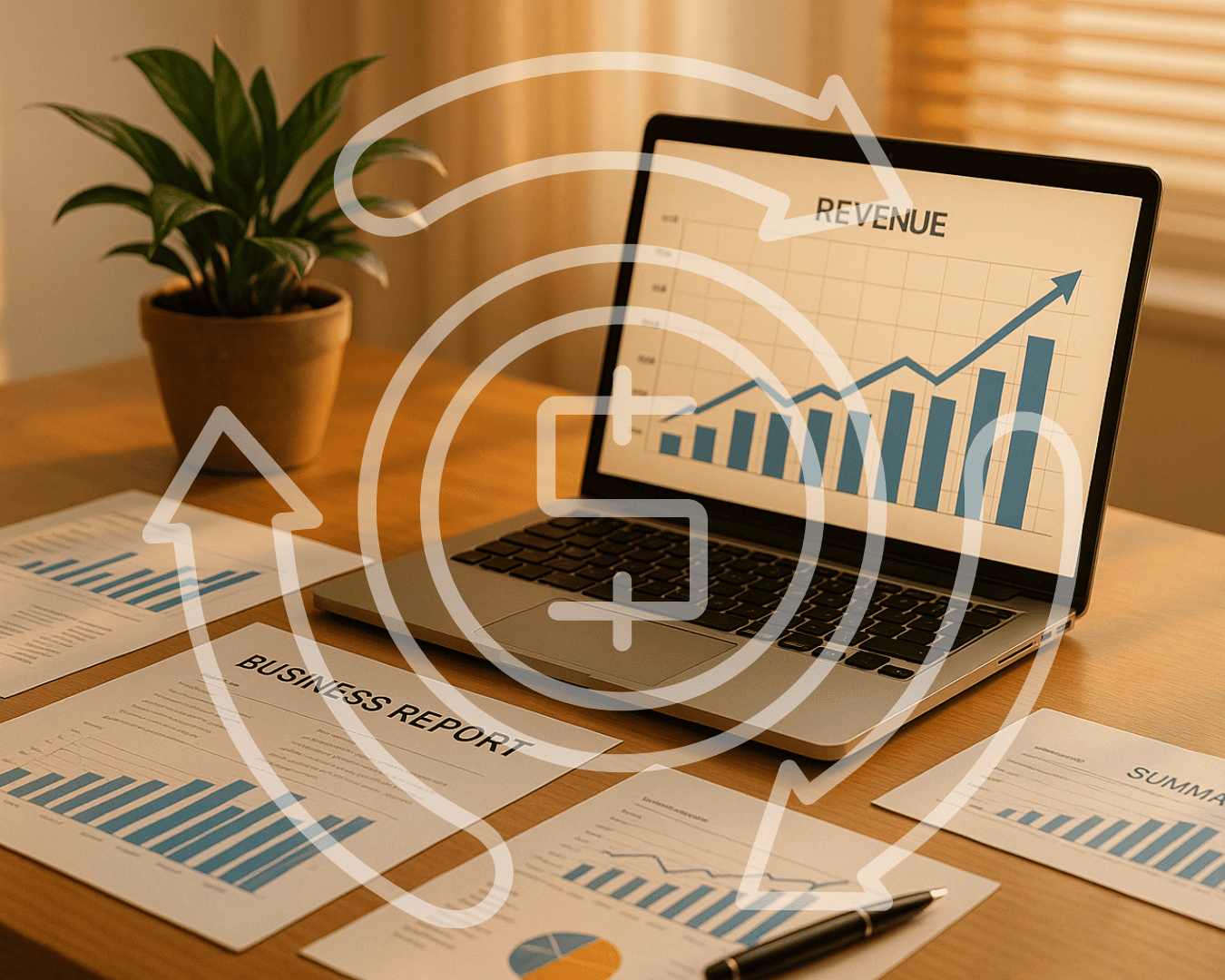





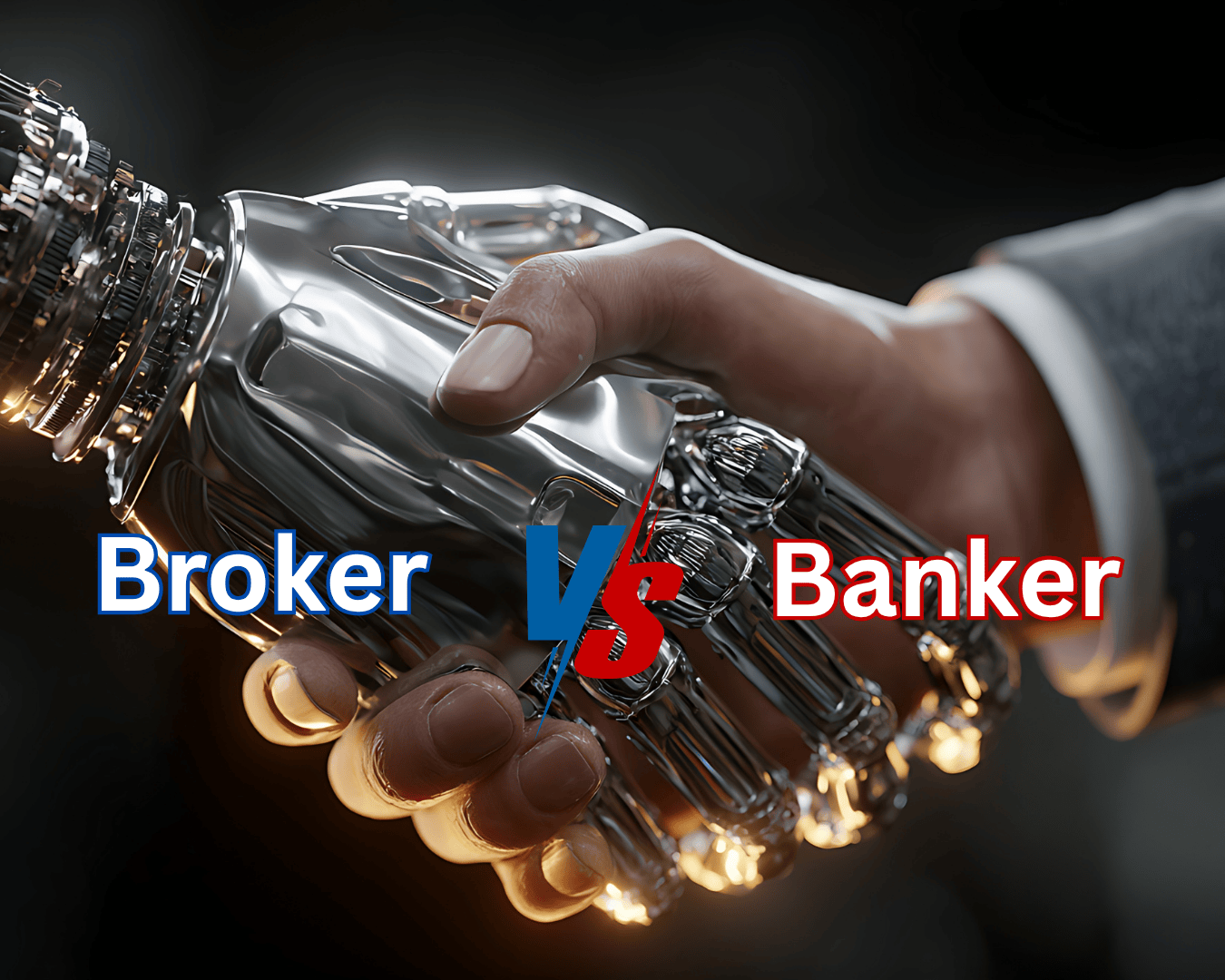
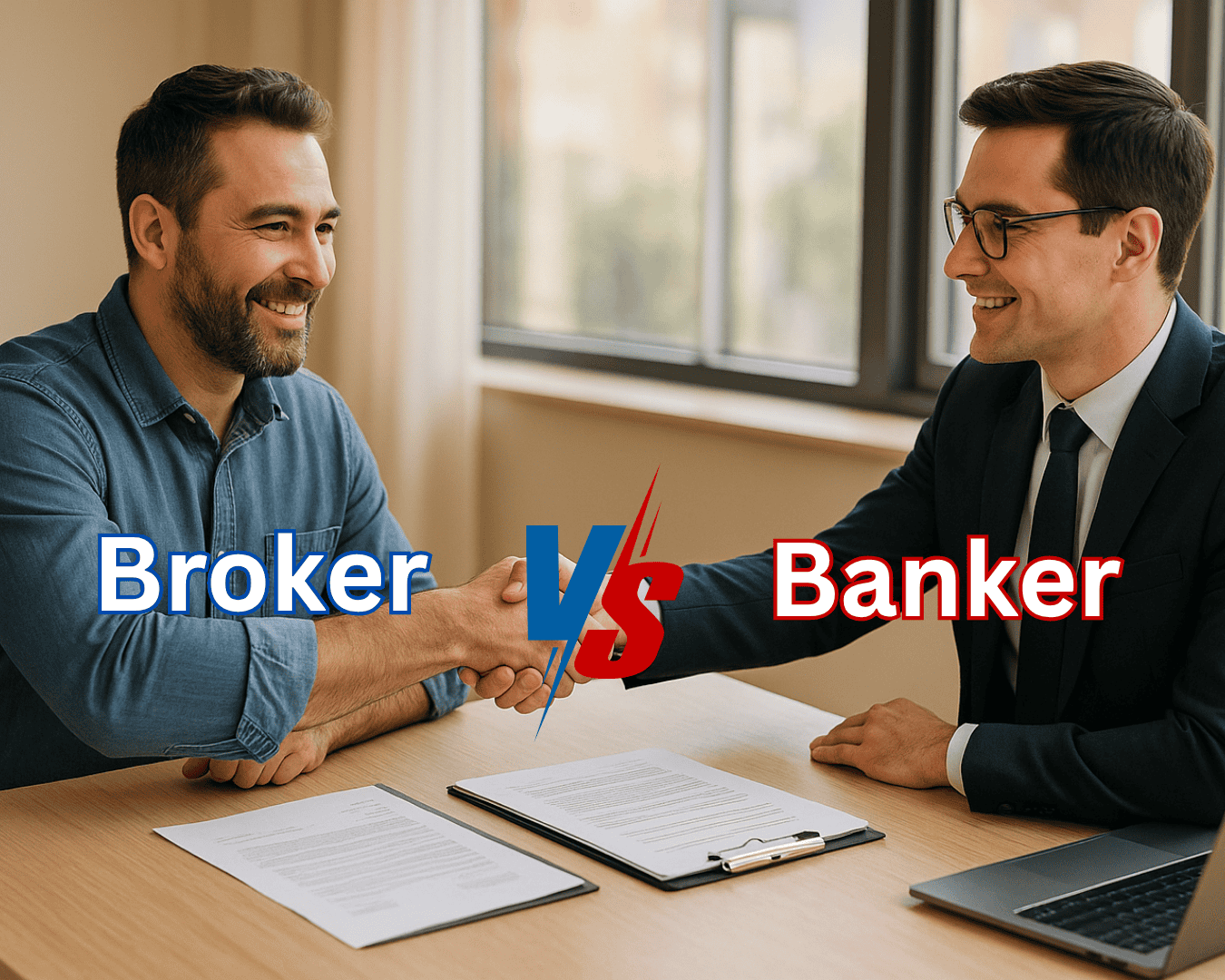
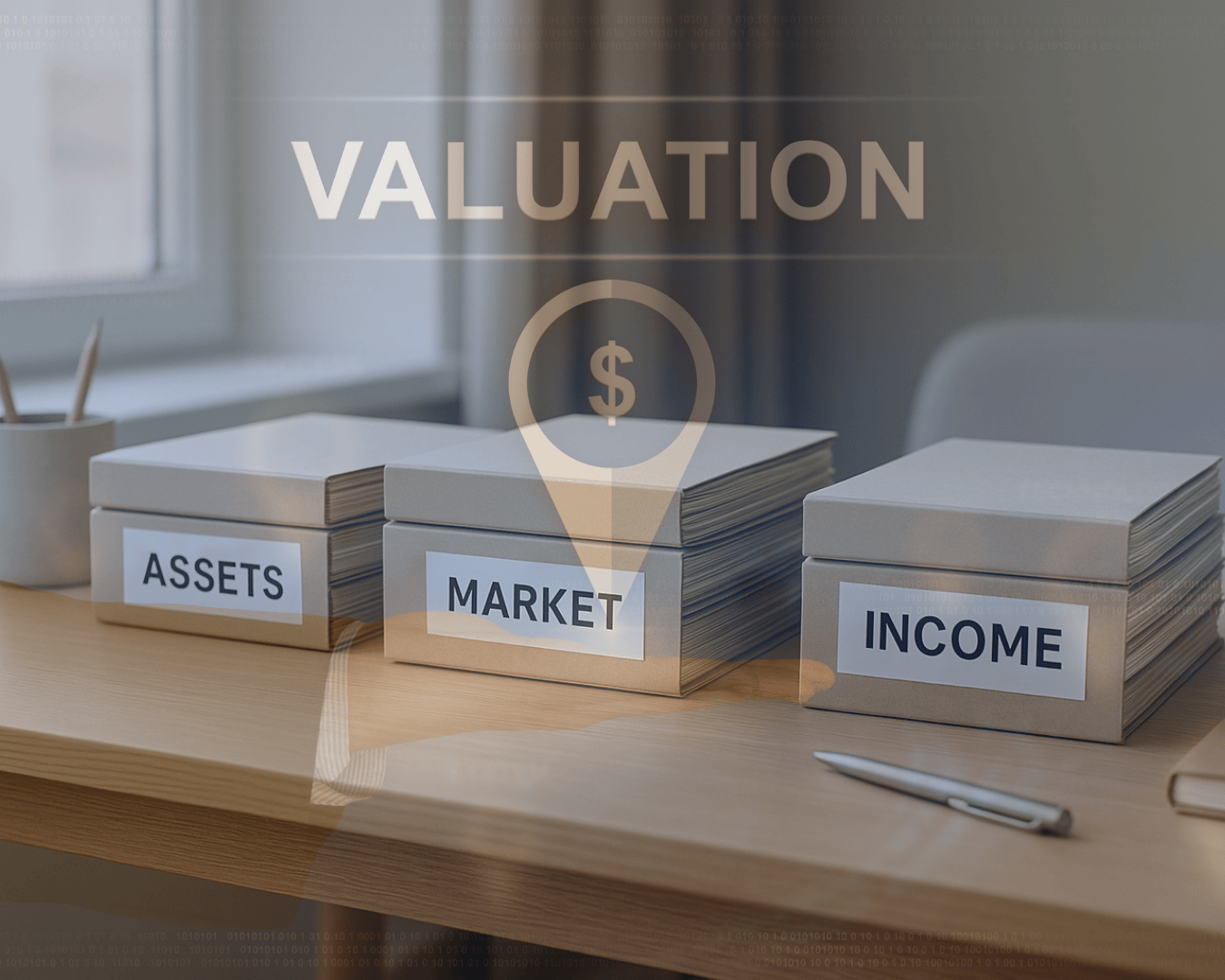


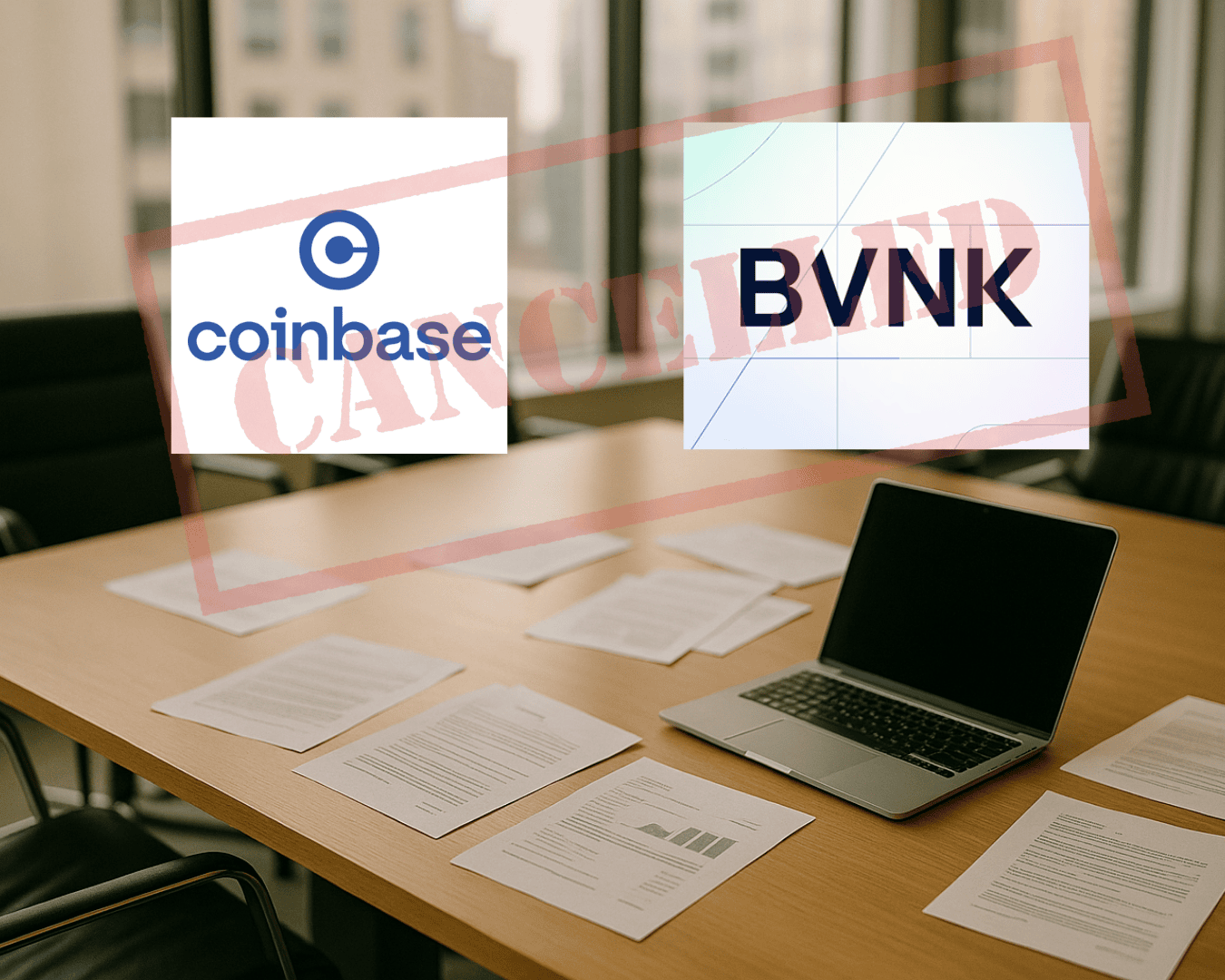







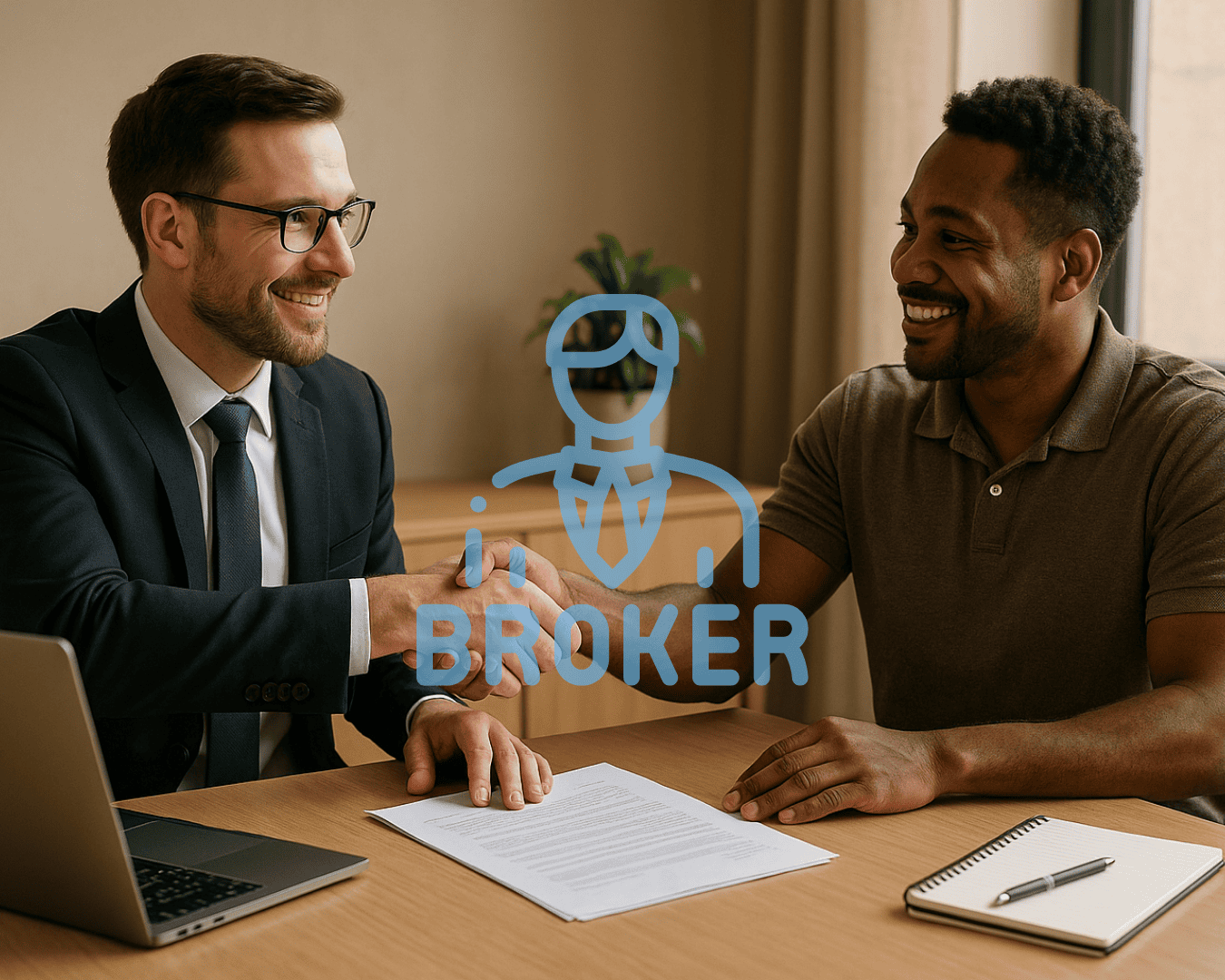

.png)
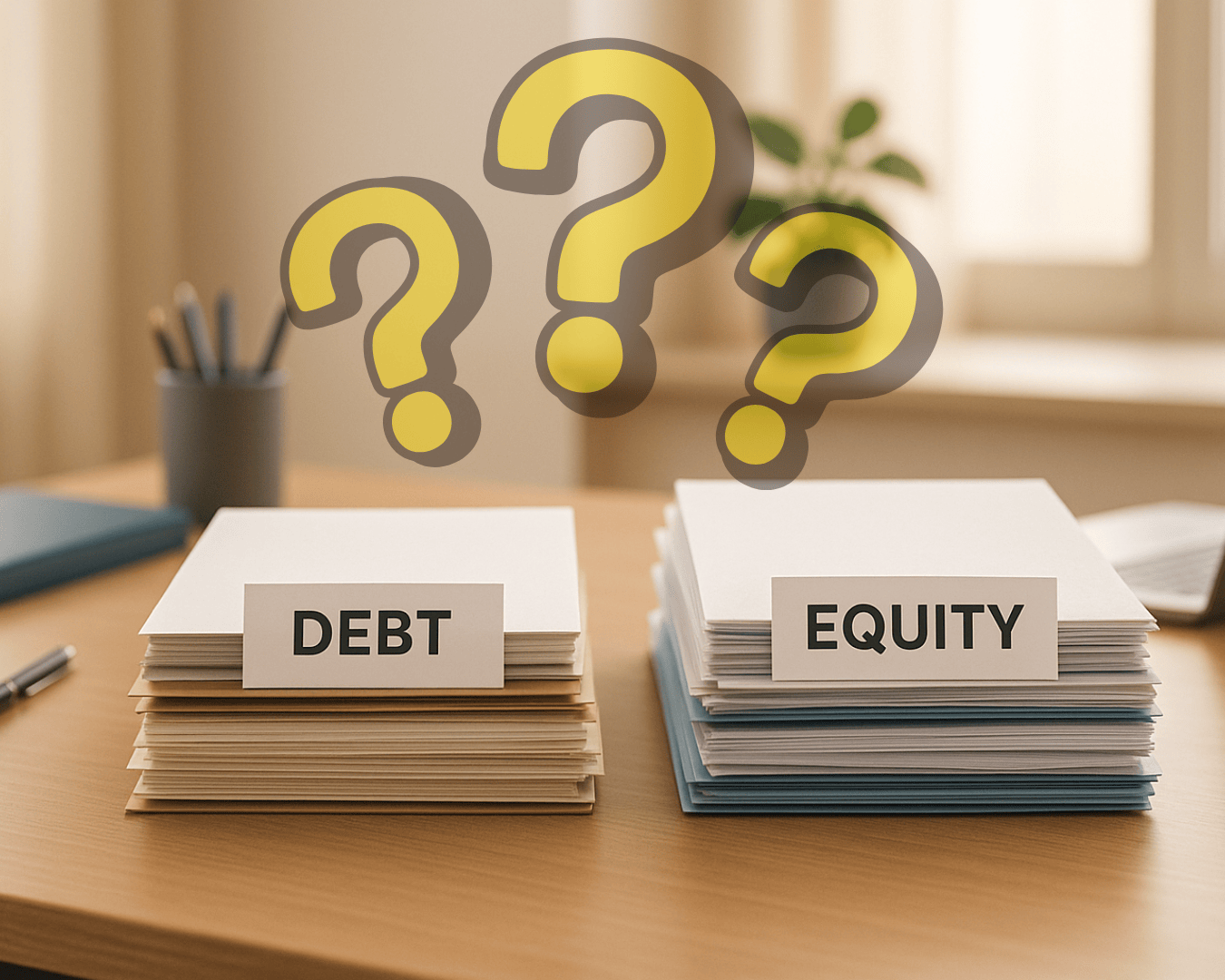
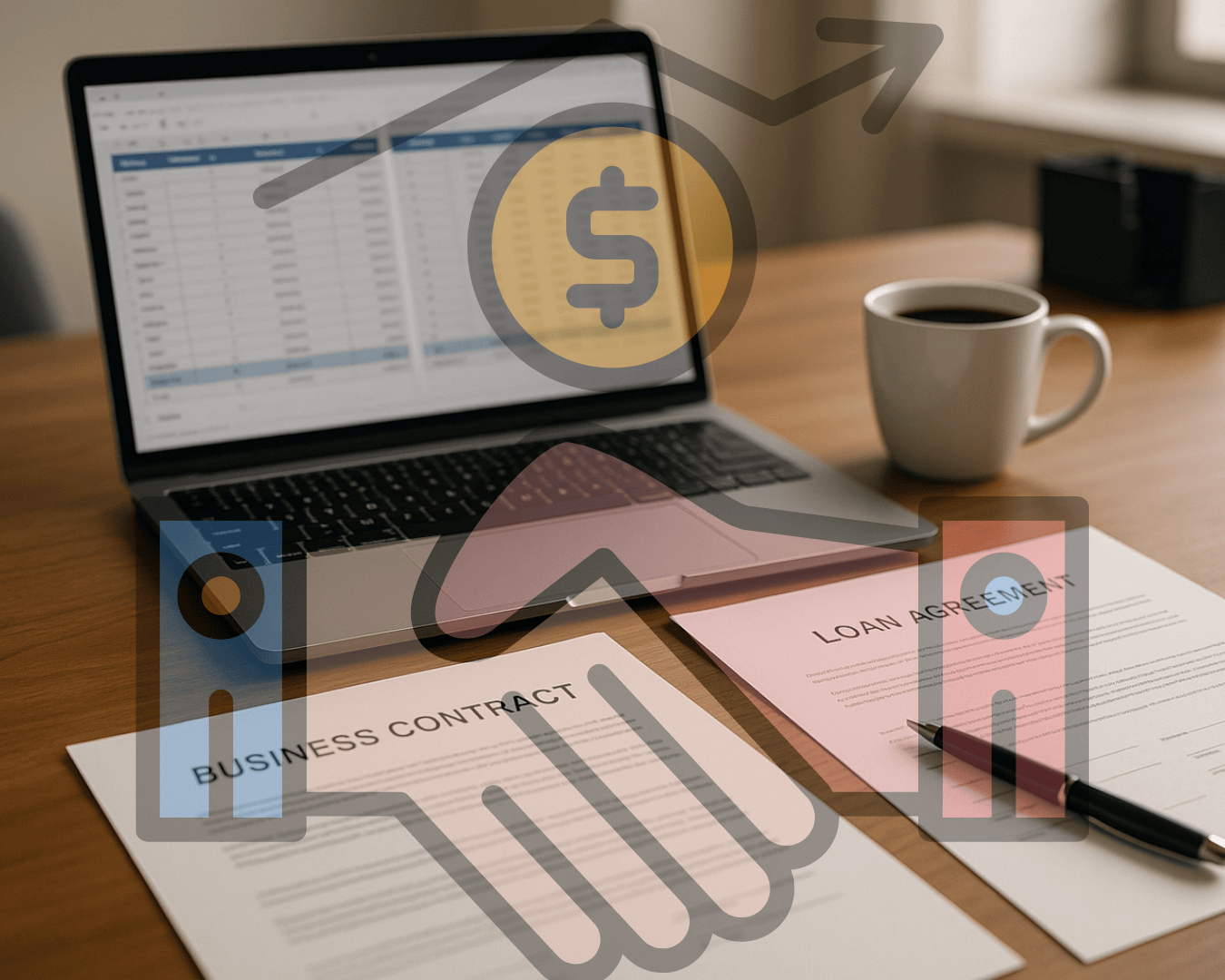
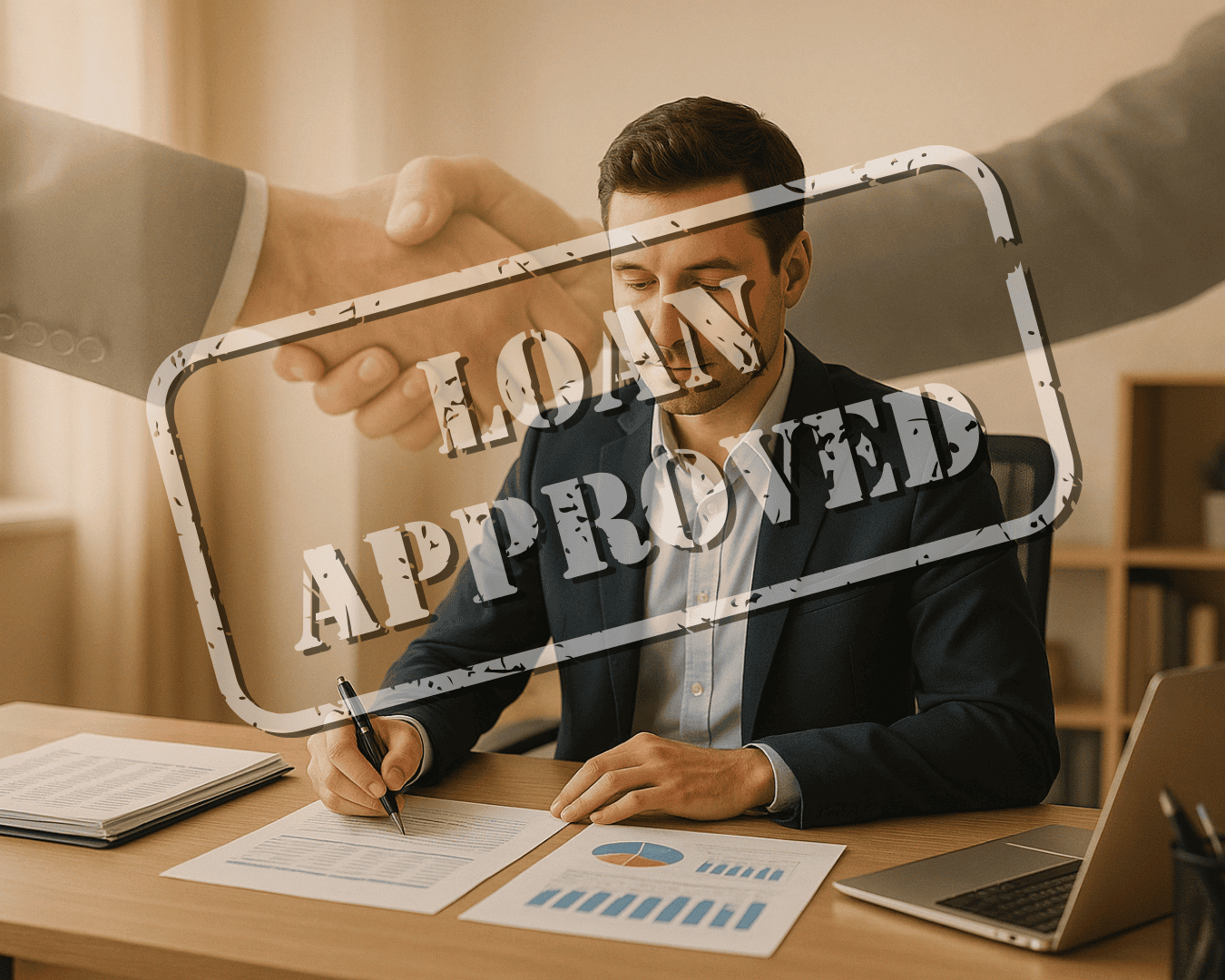

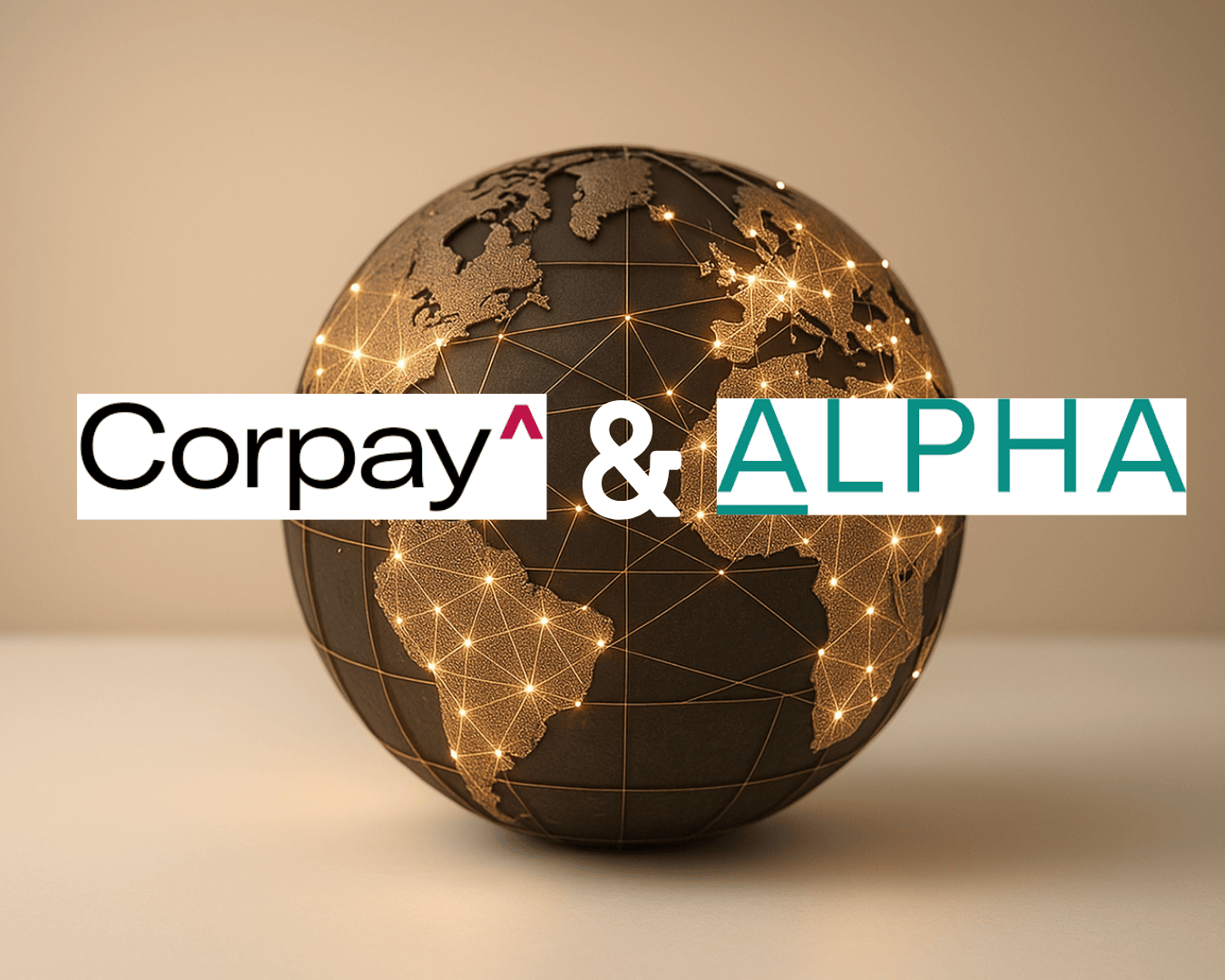
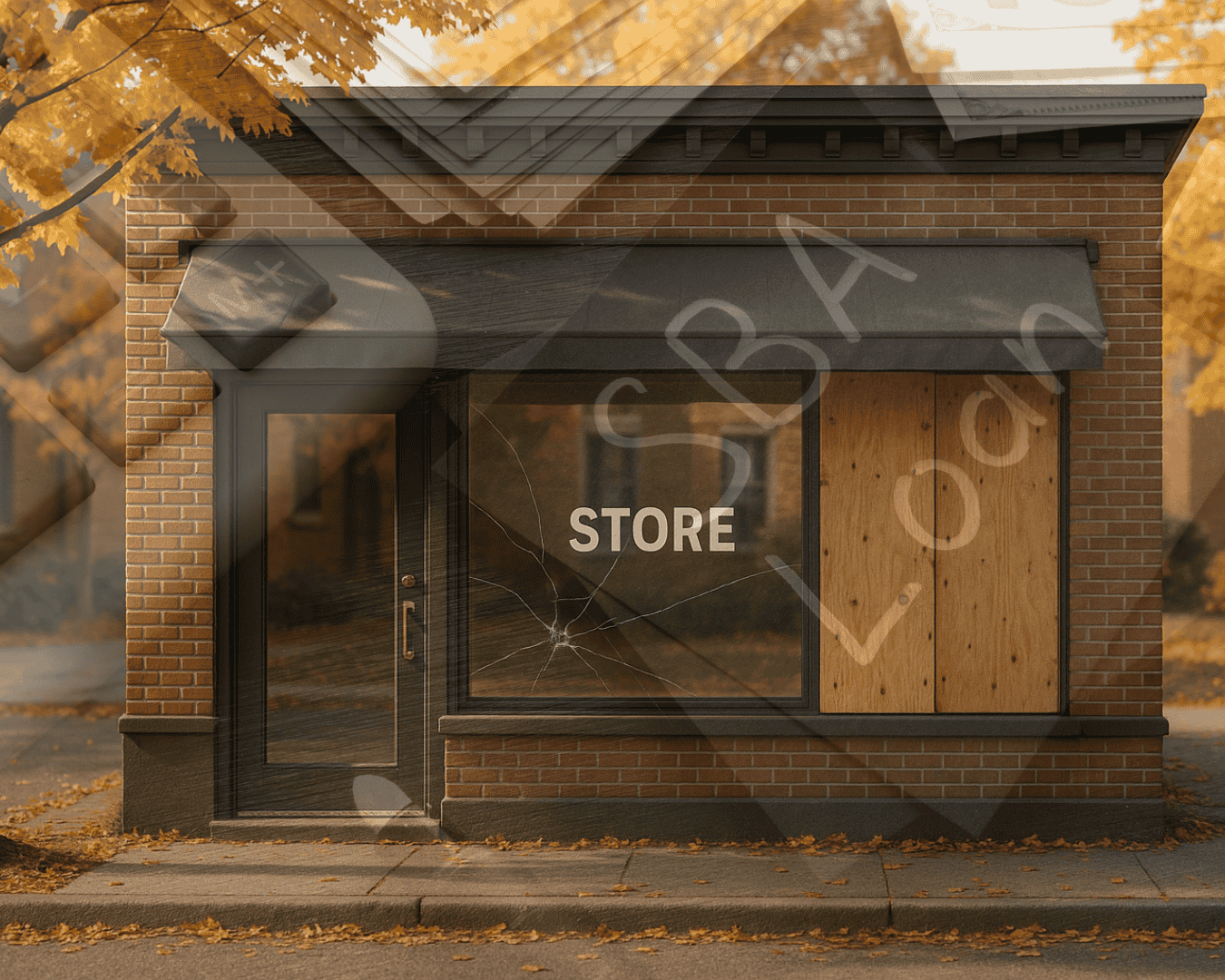


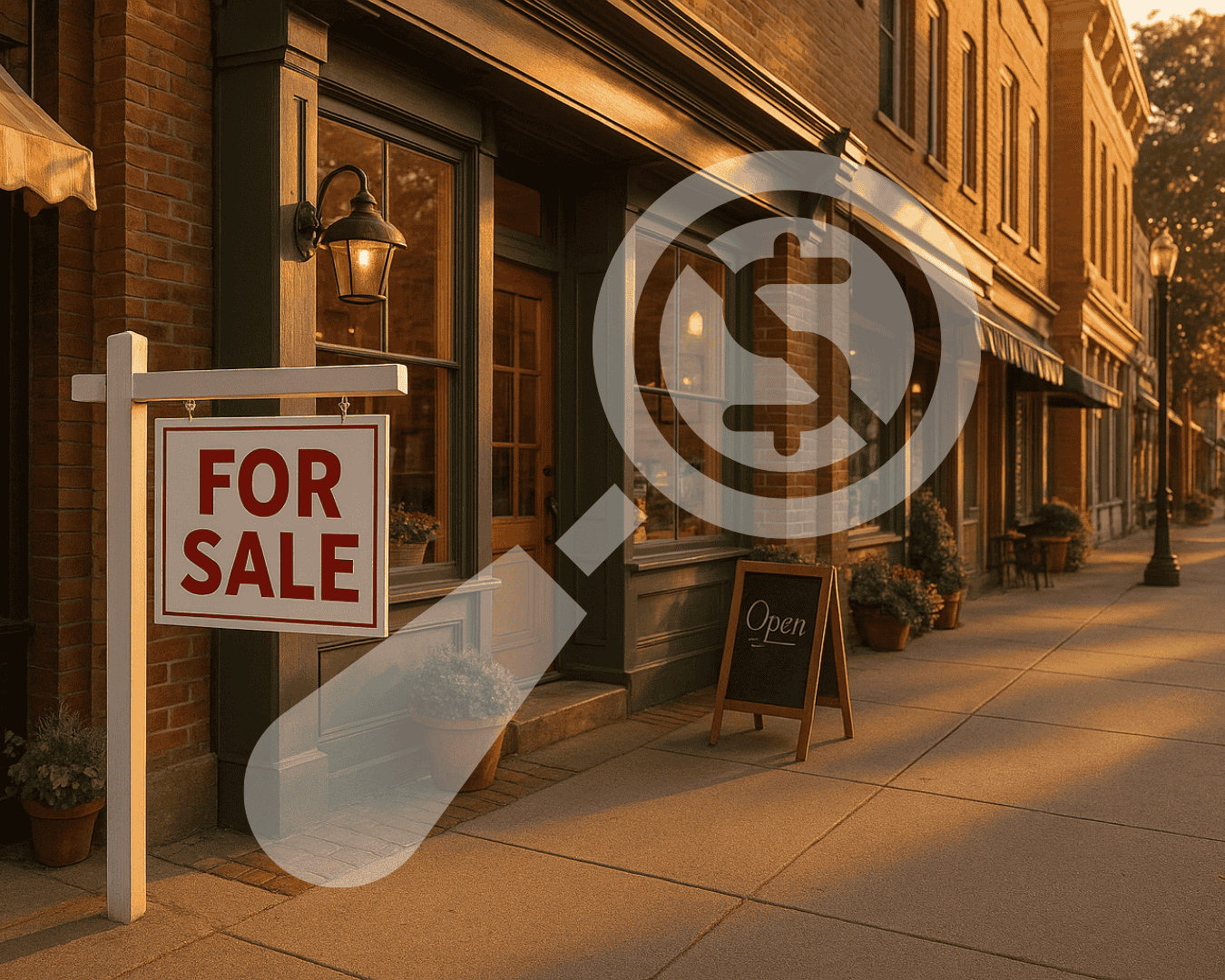

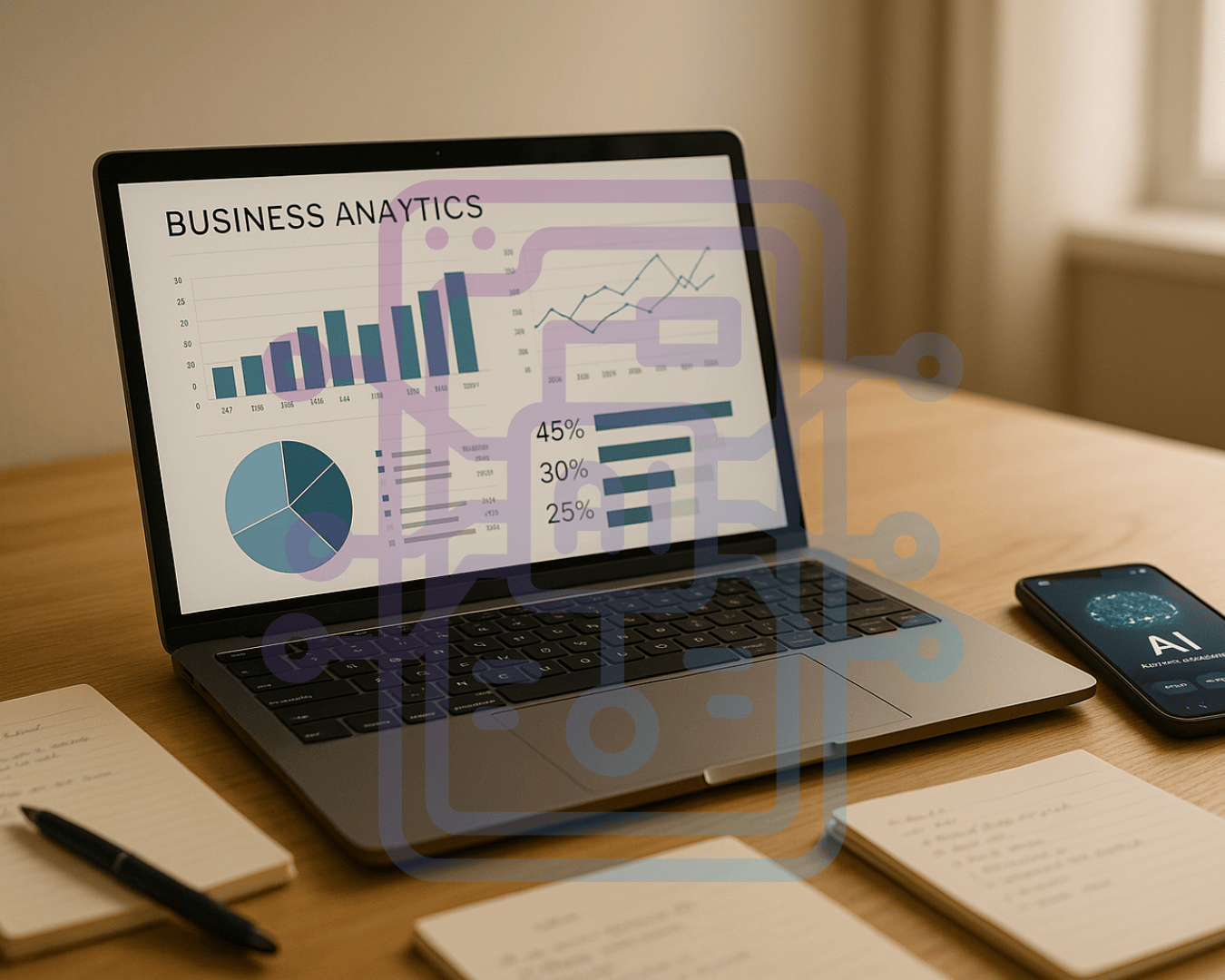






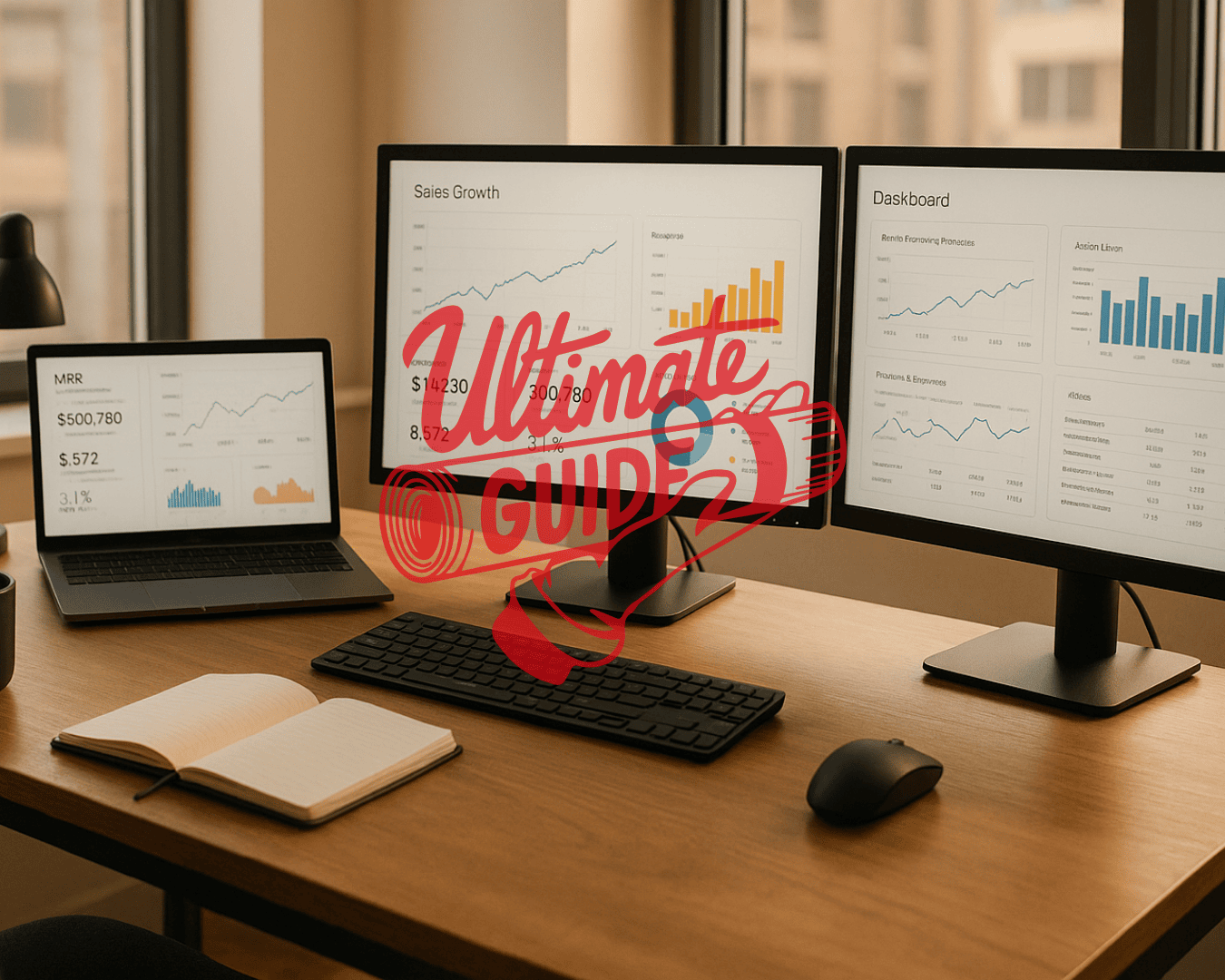



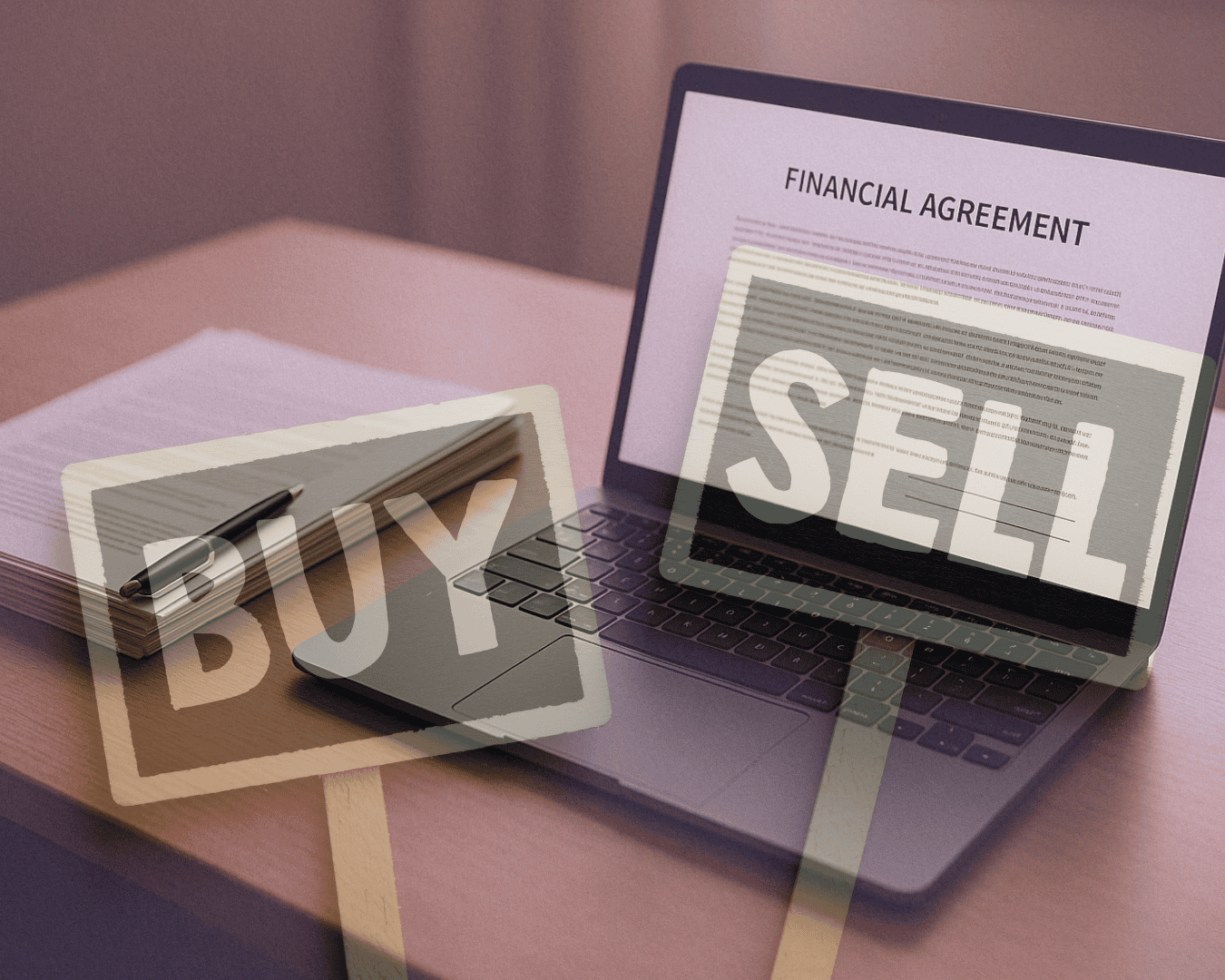
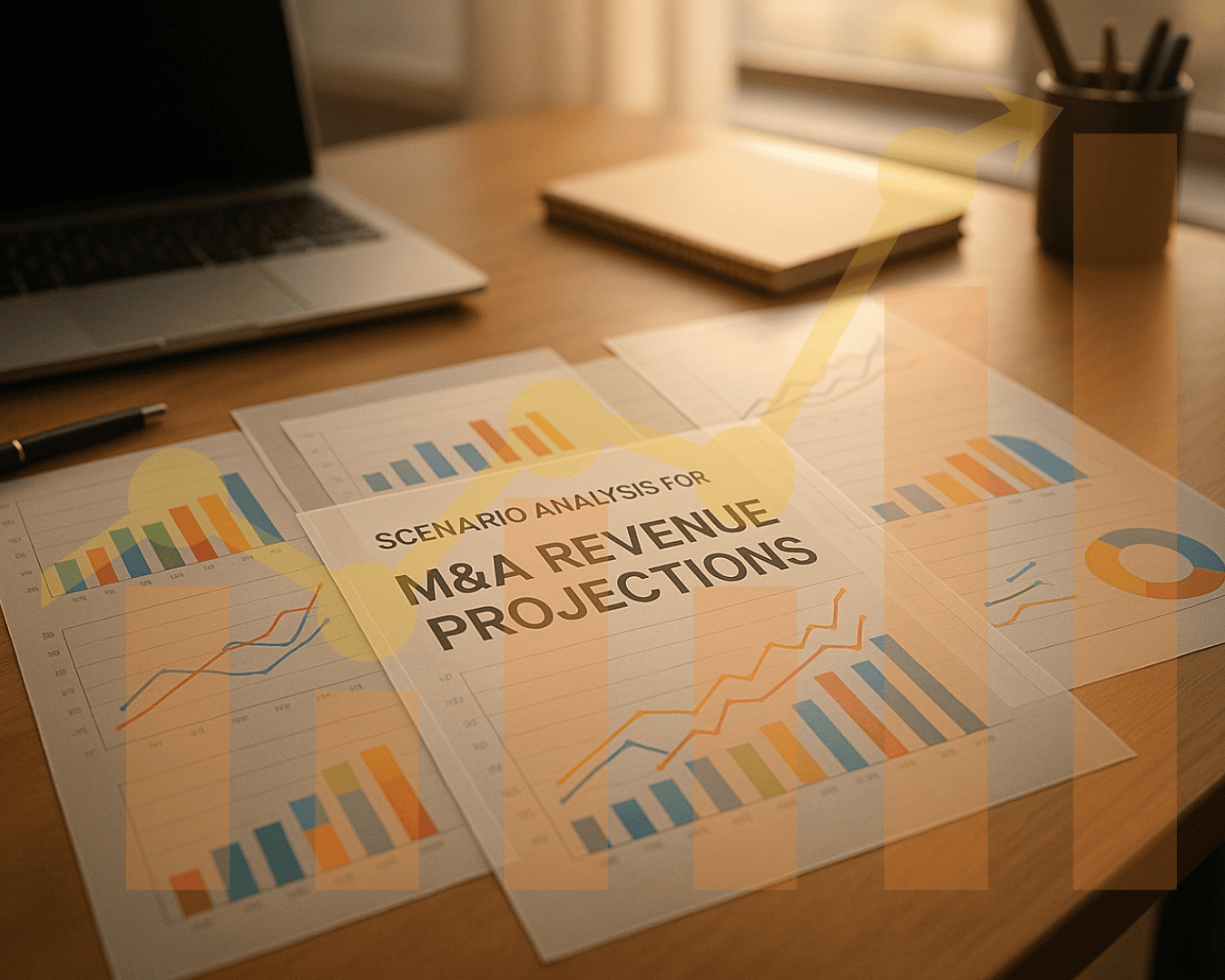
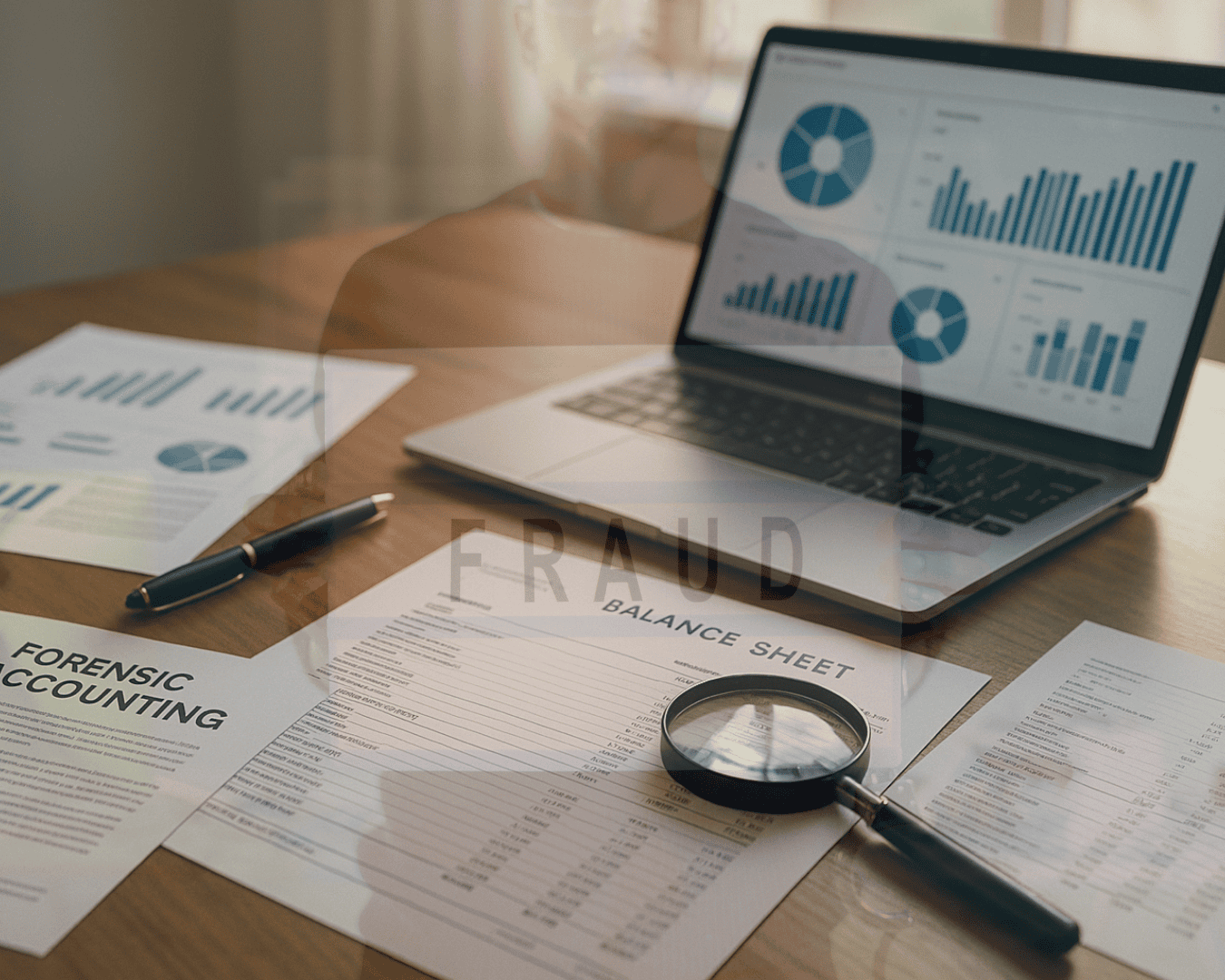
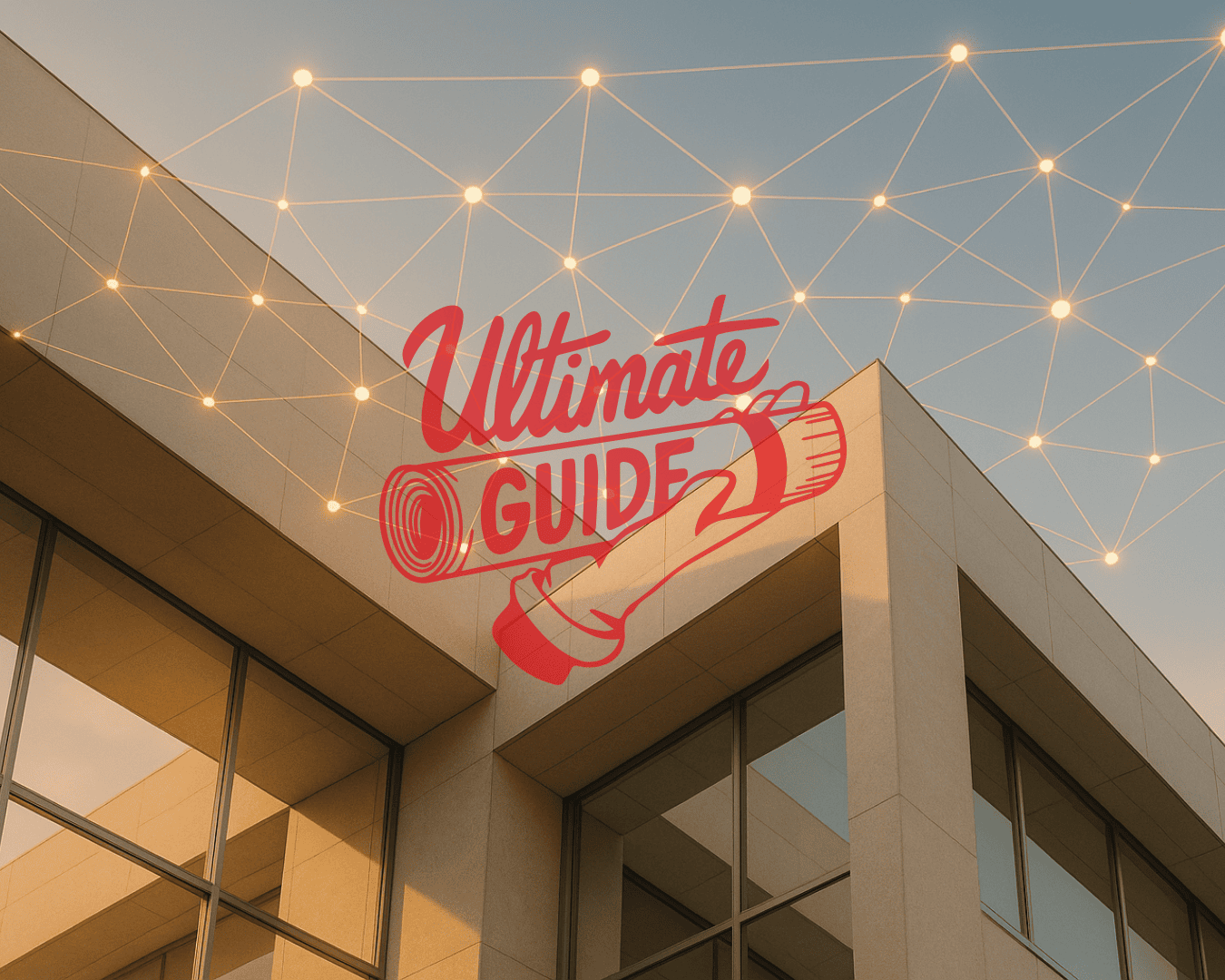



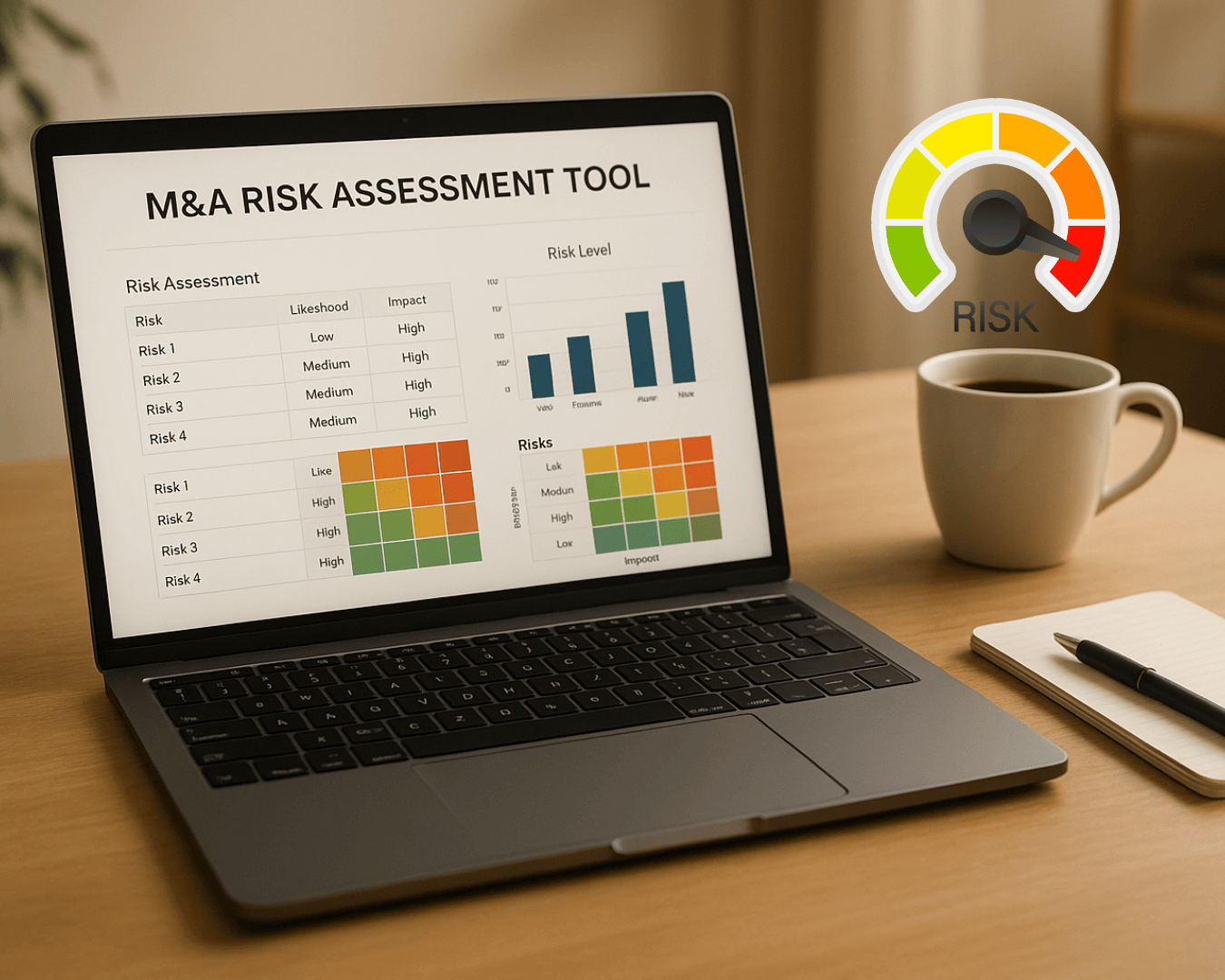

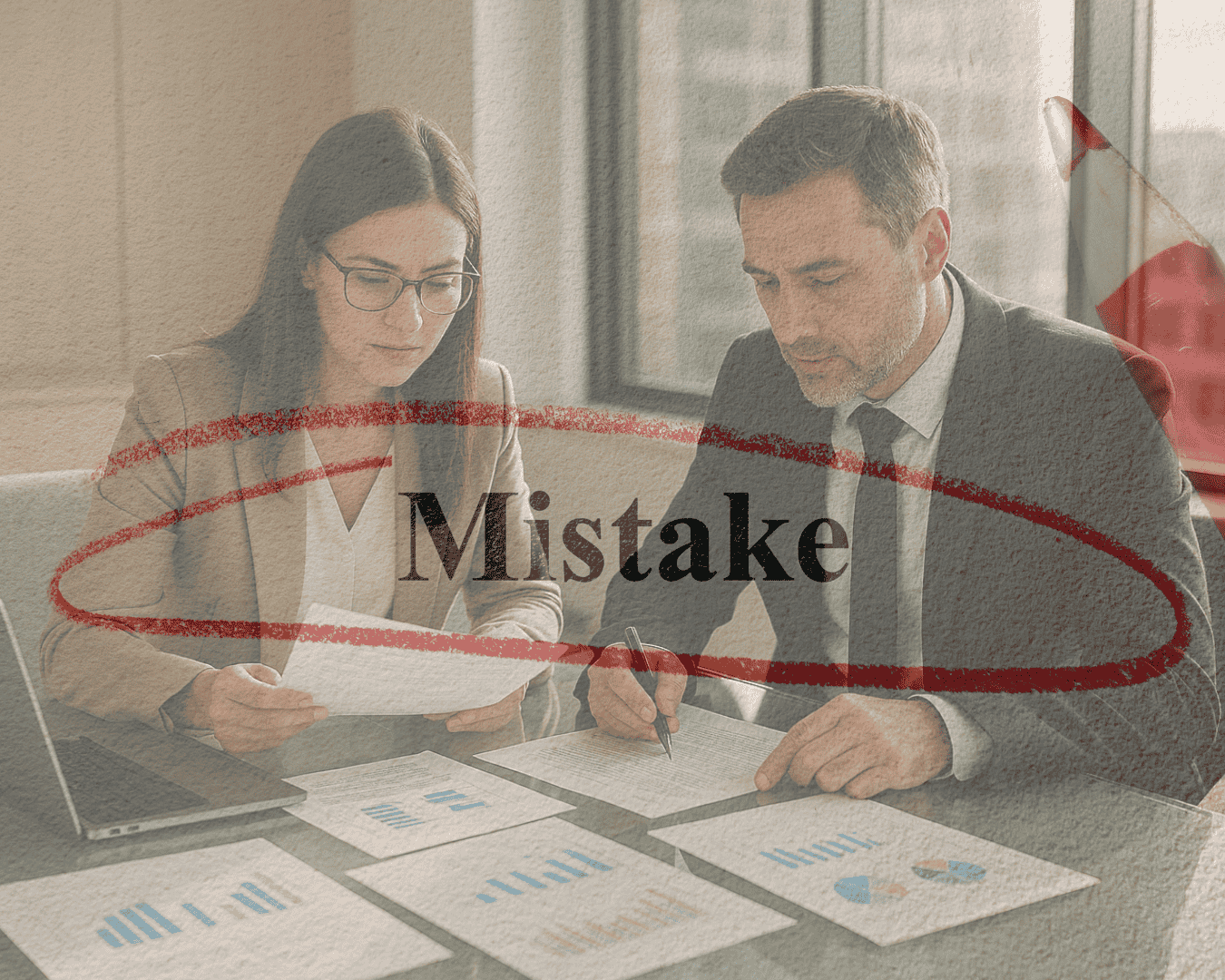
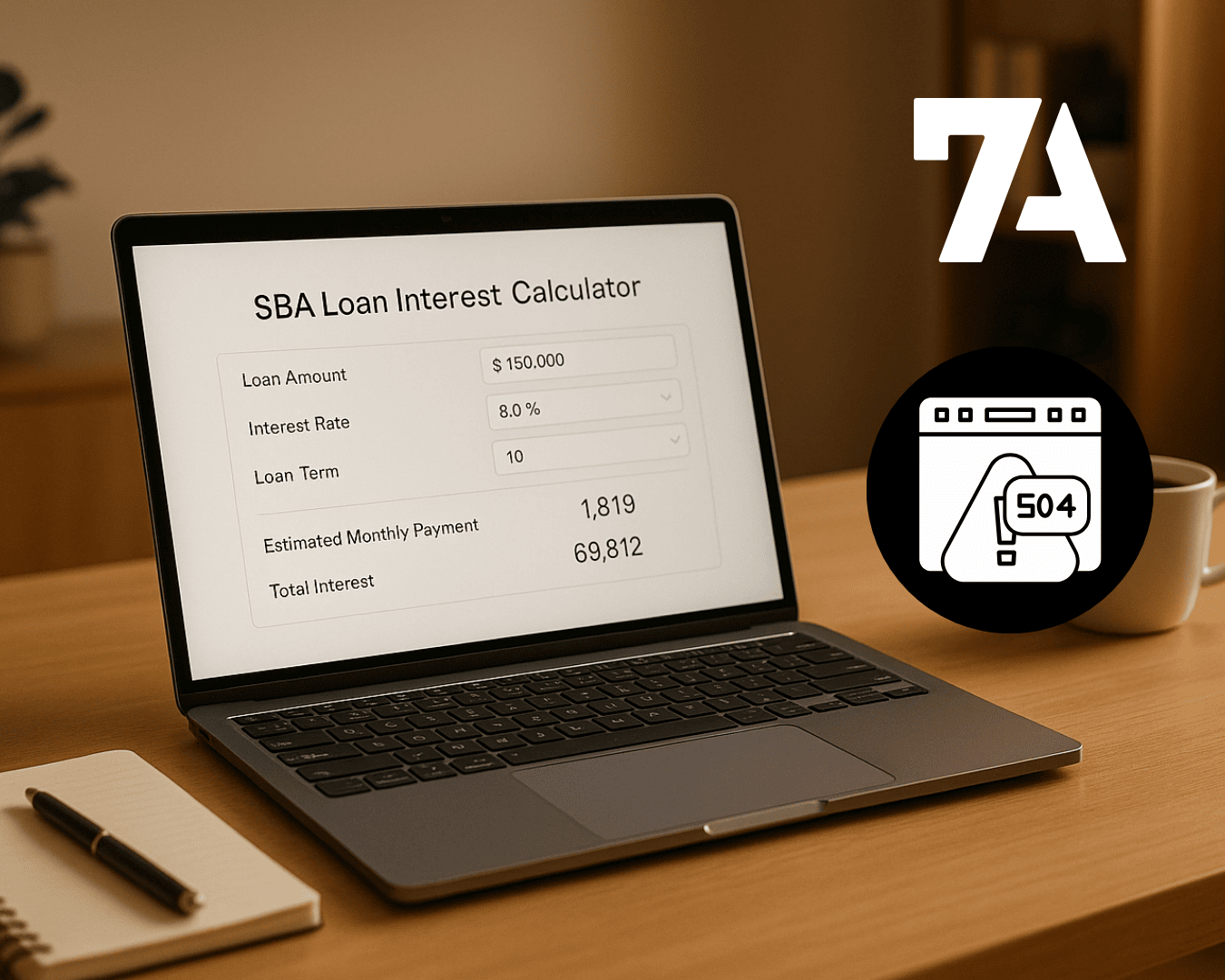








%20Loan%20Application%20Checklist.png)
